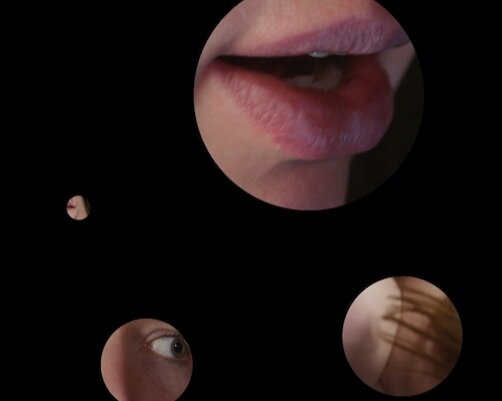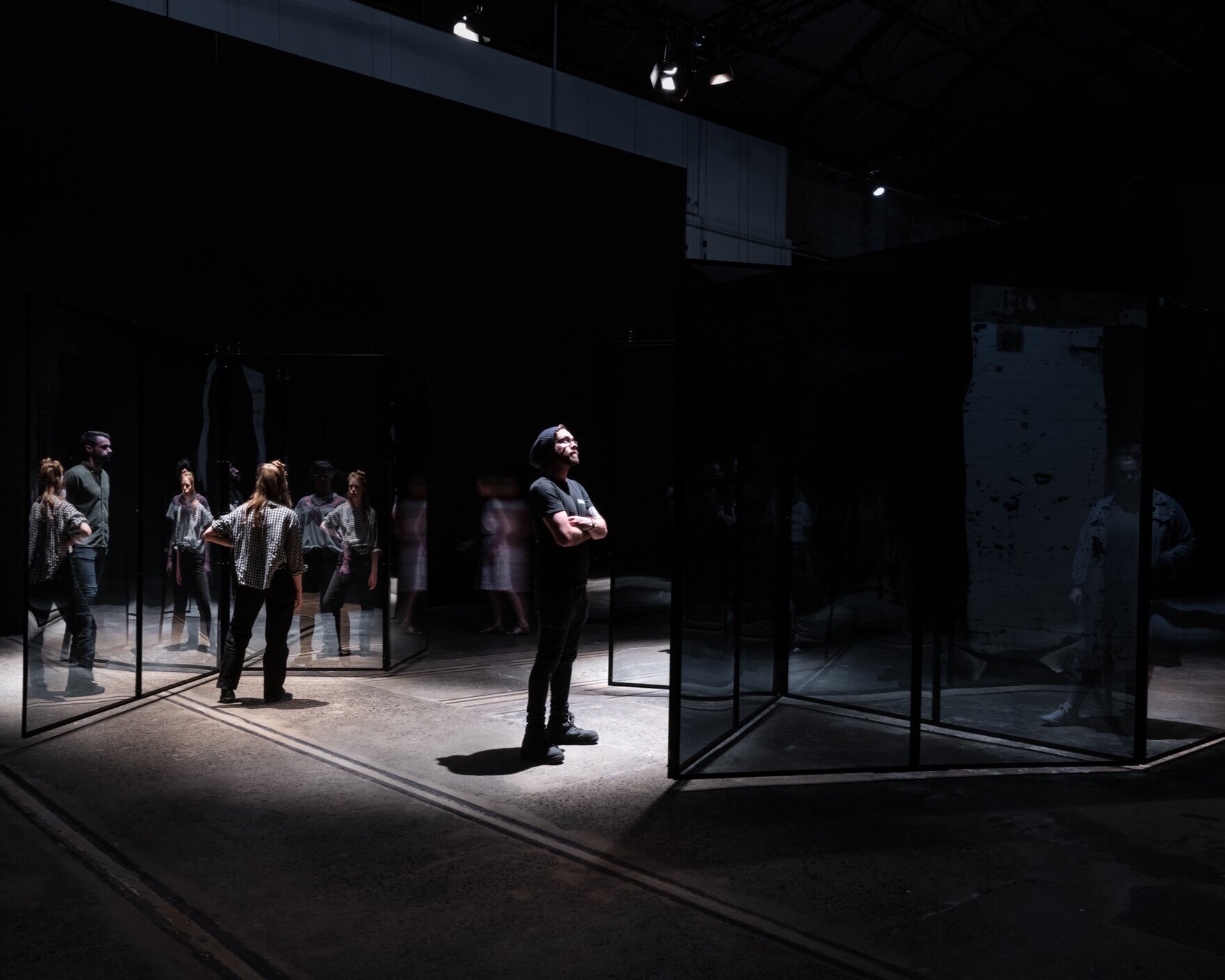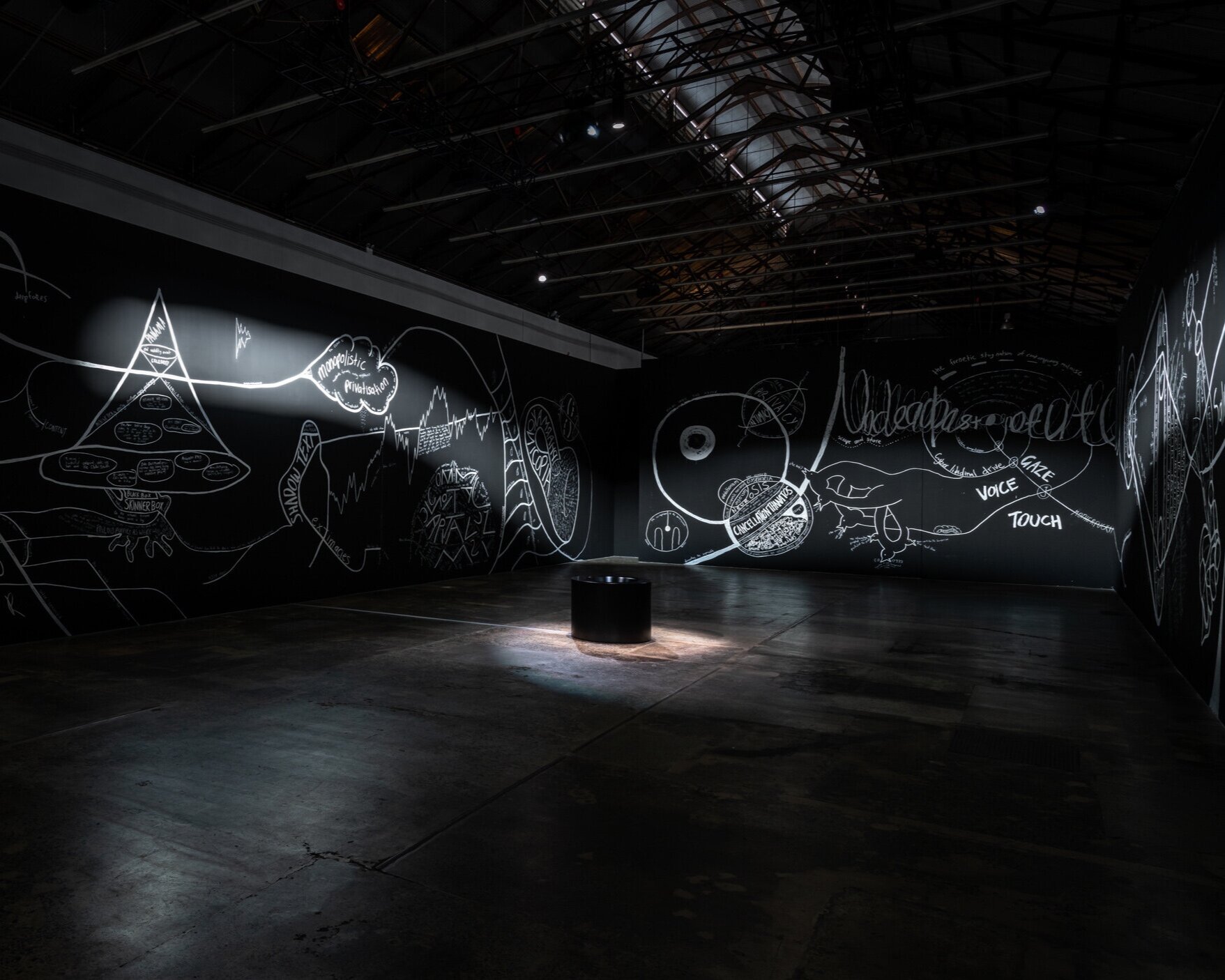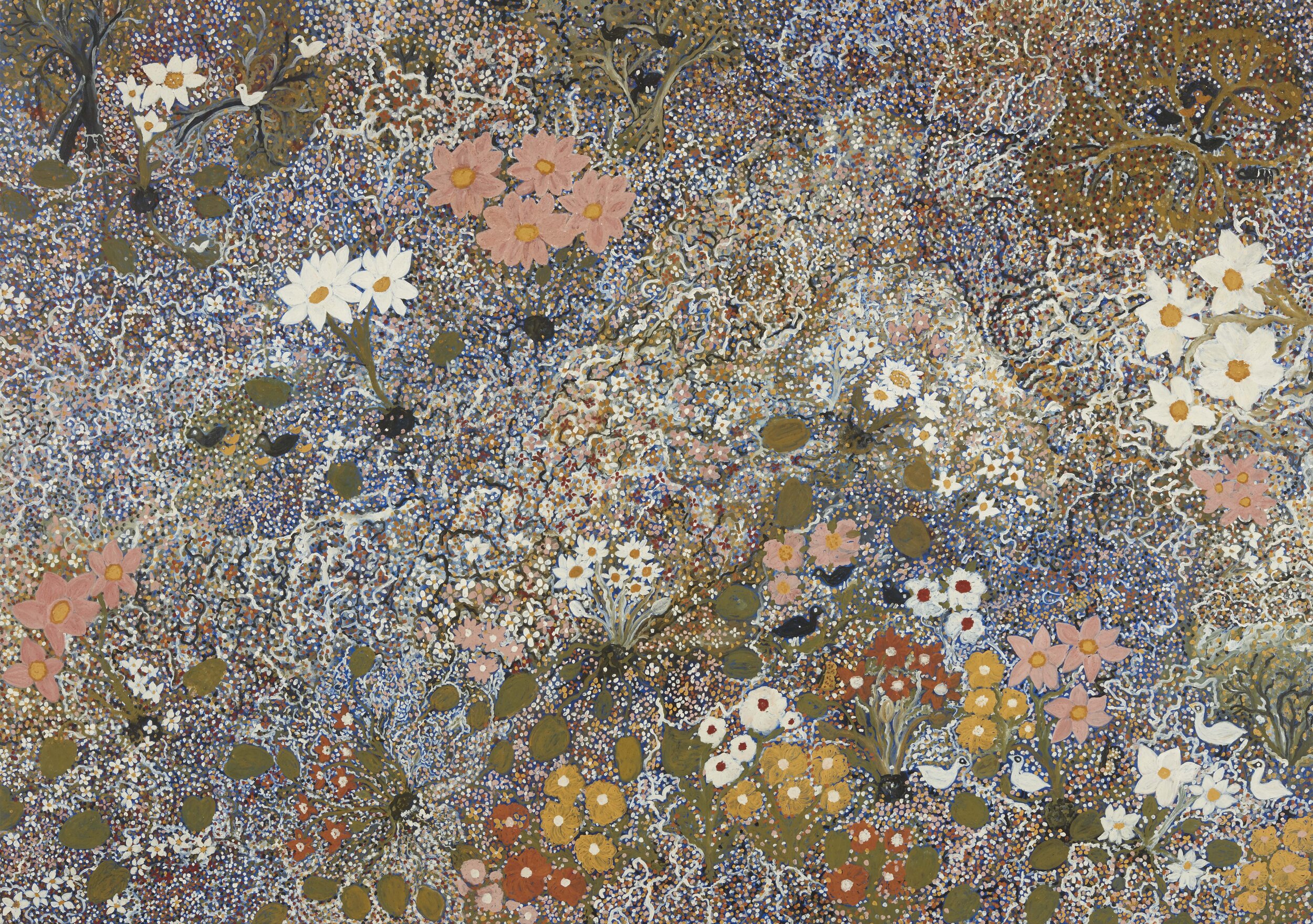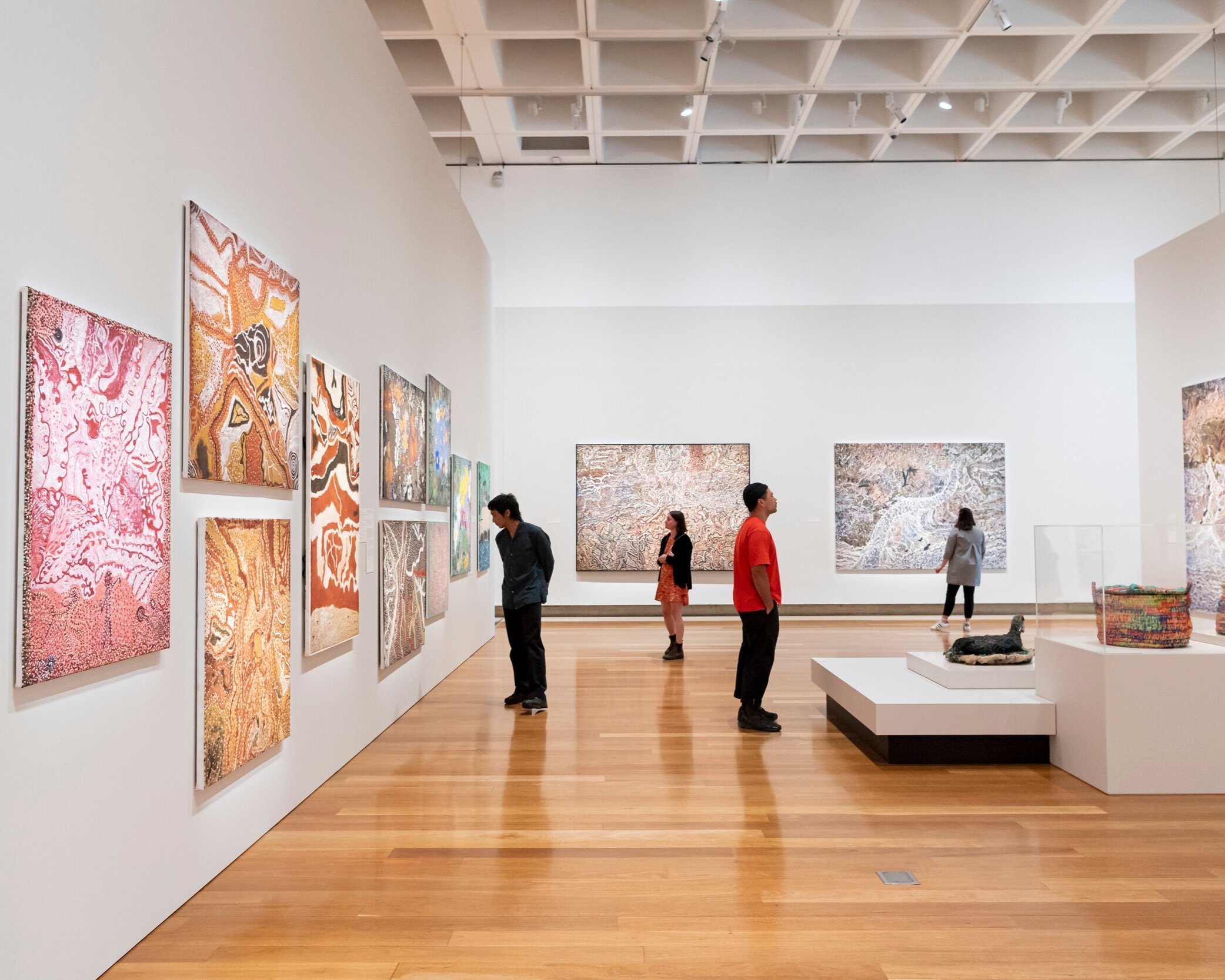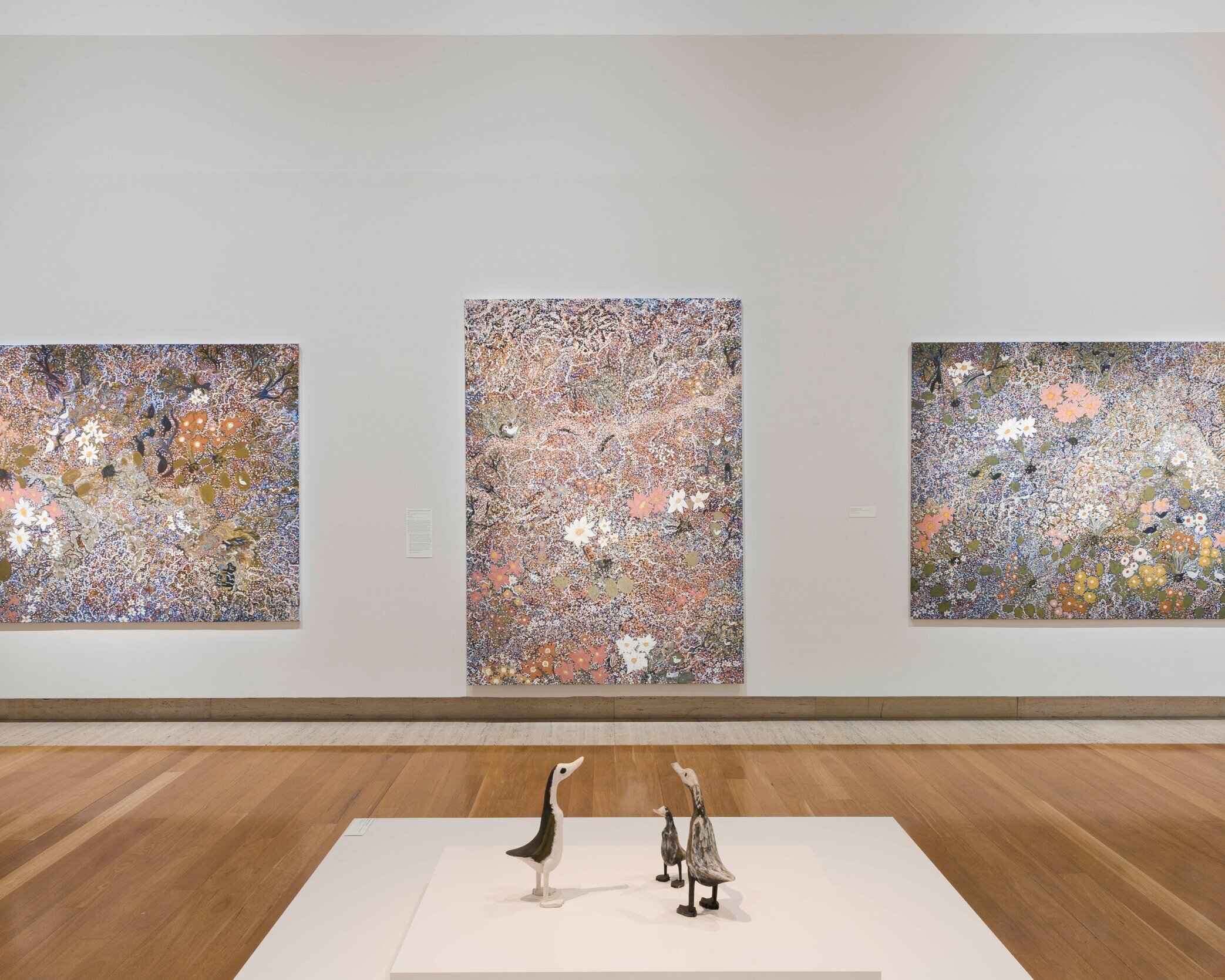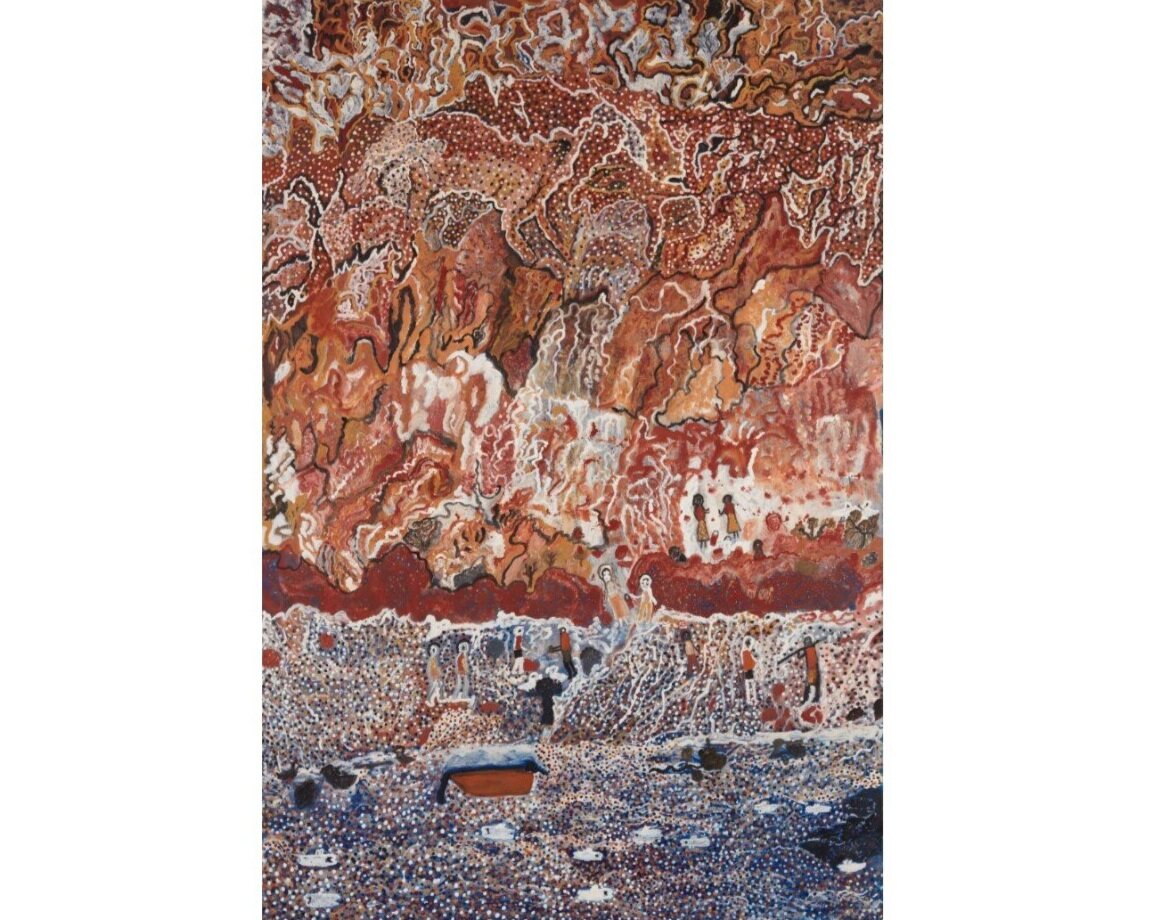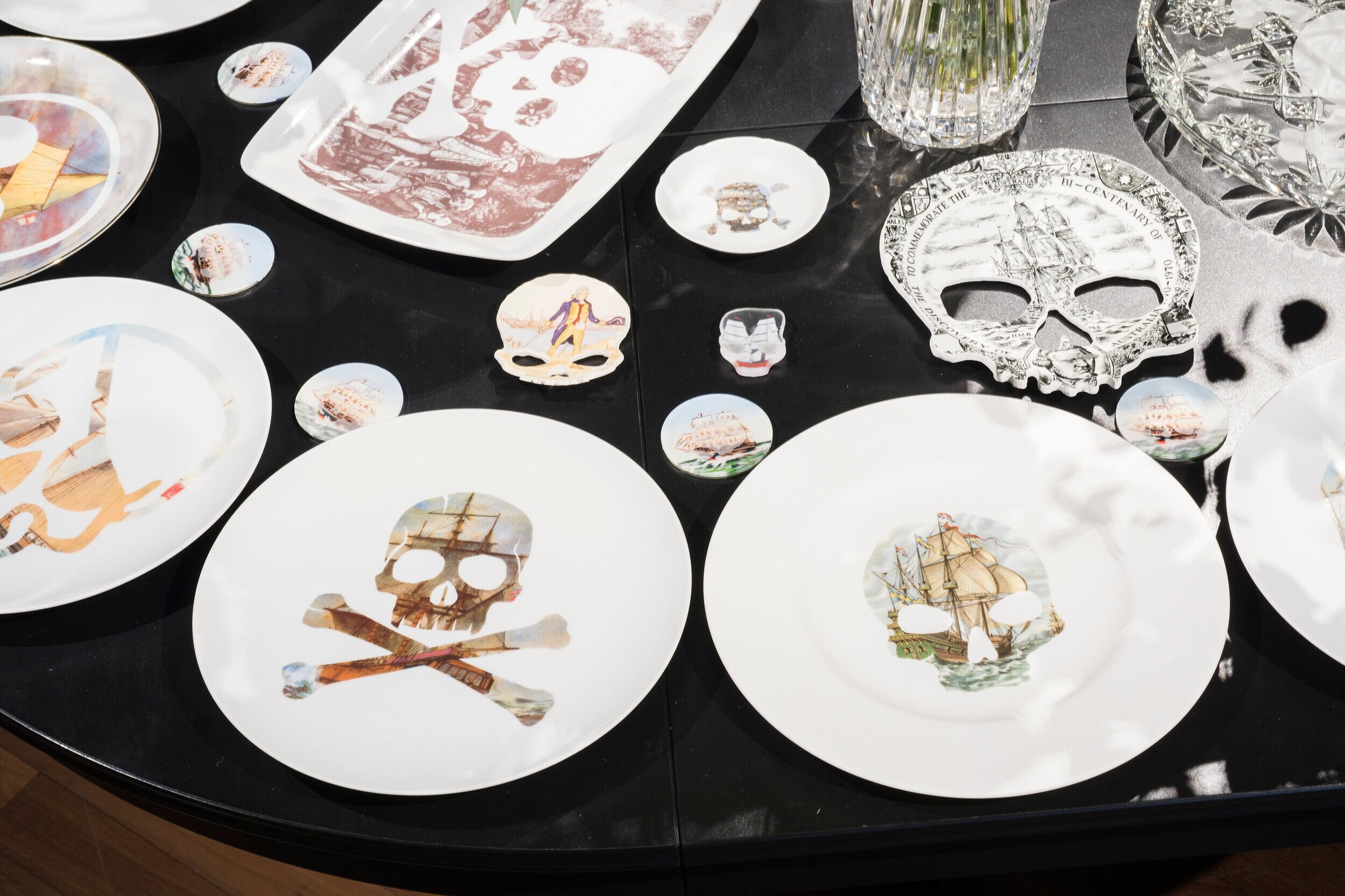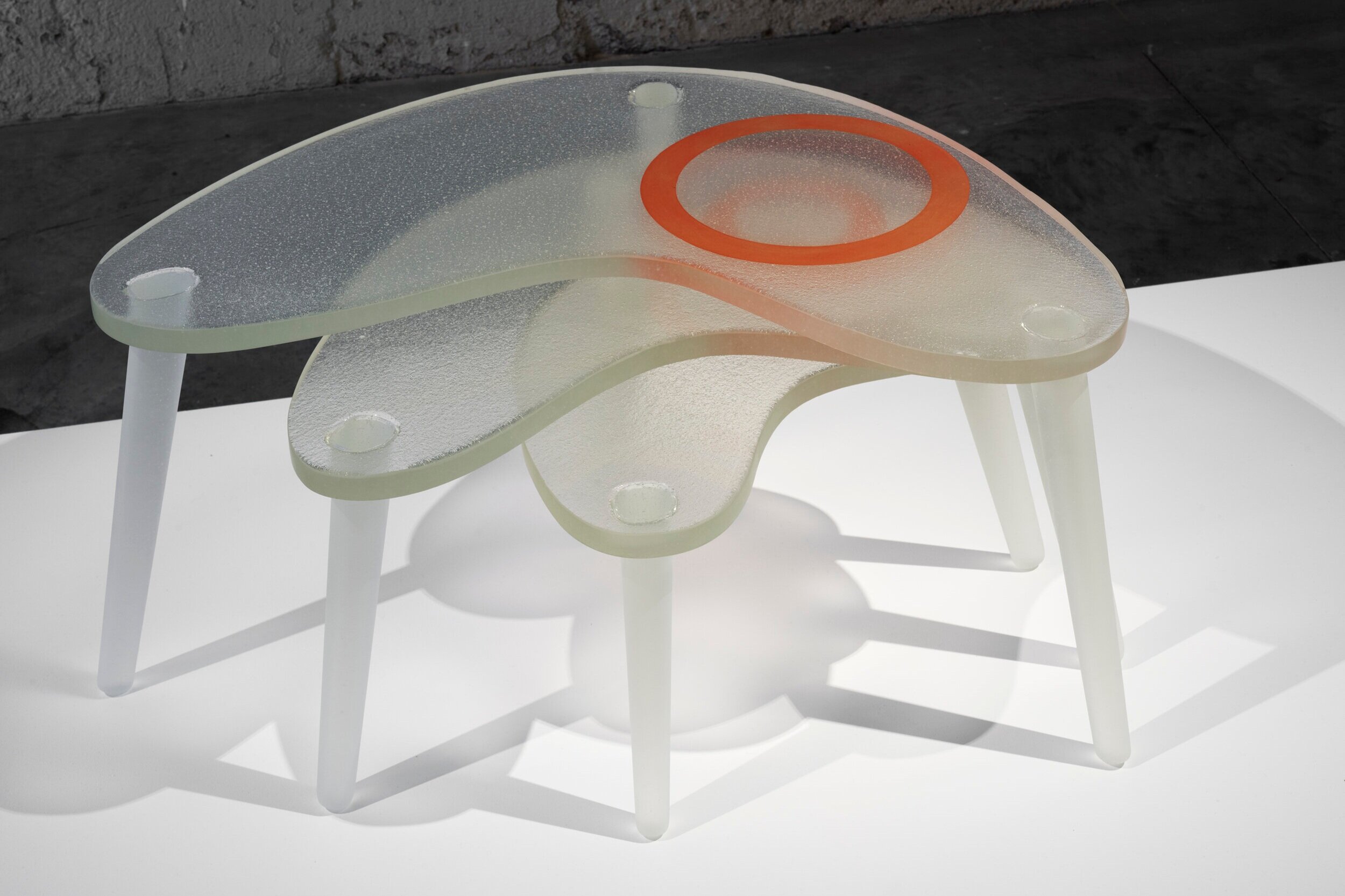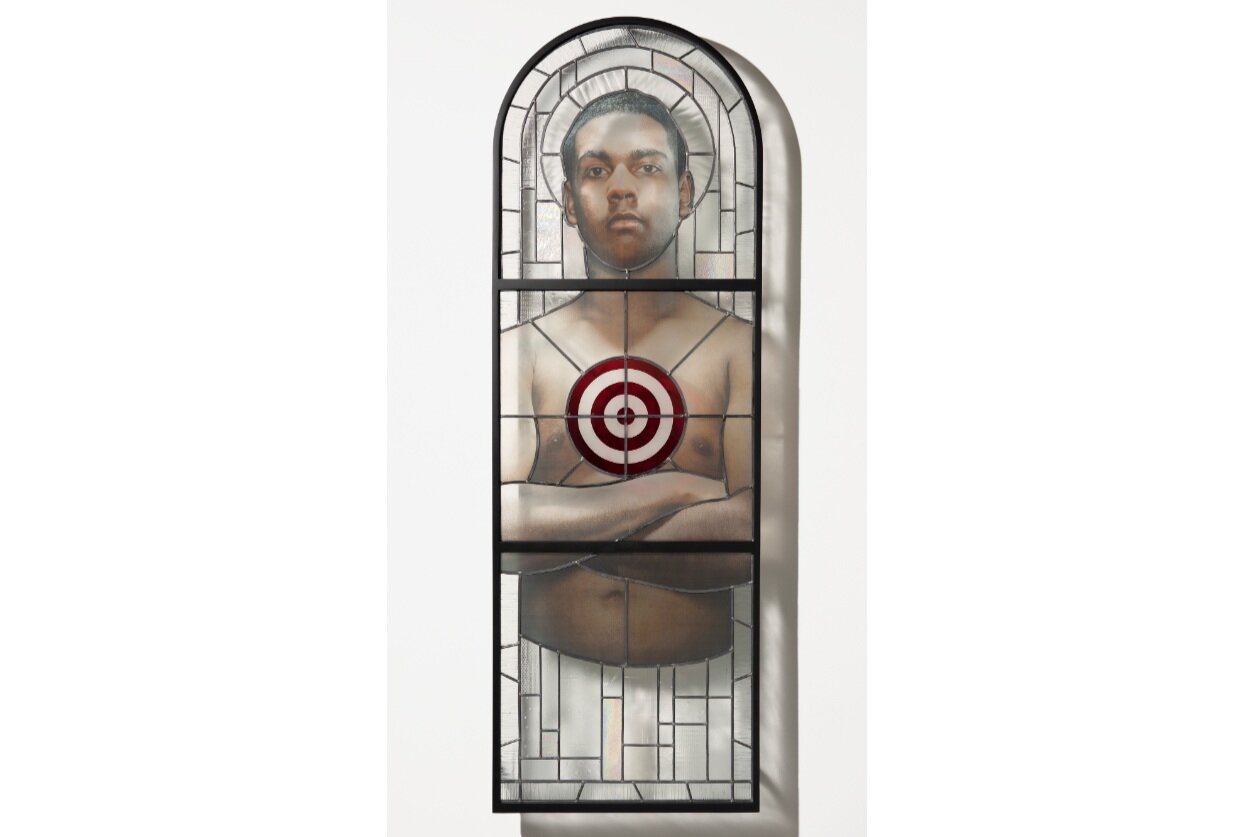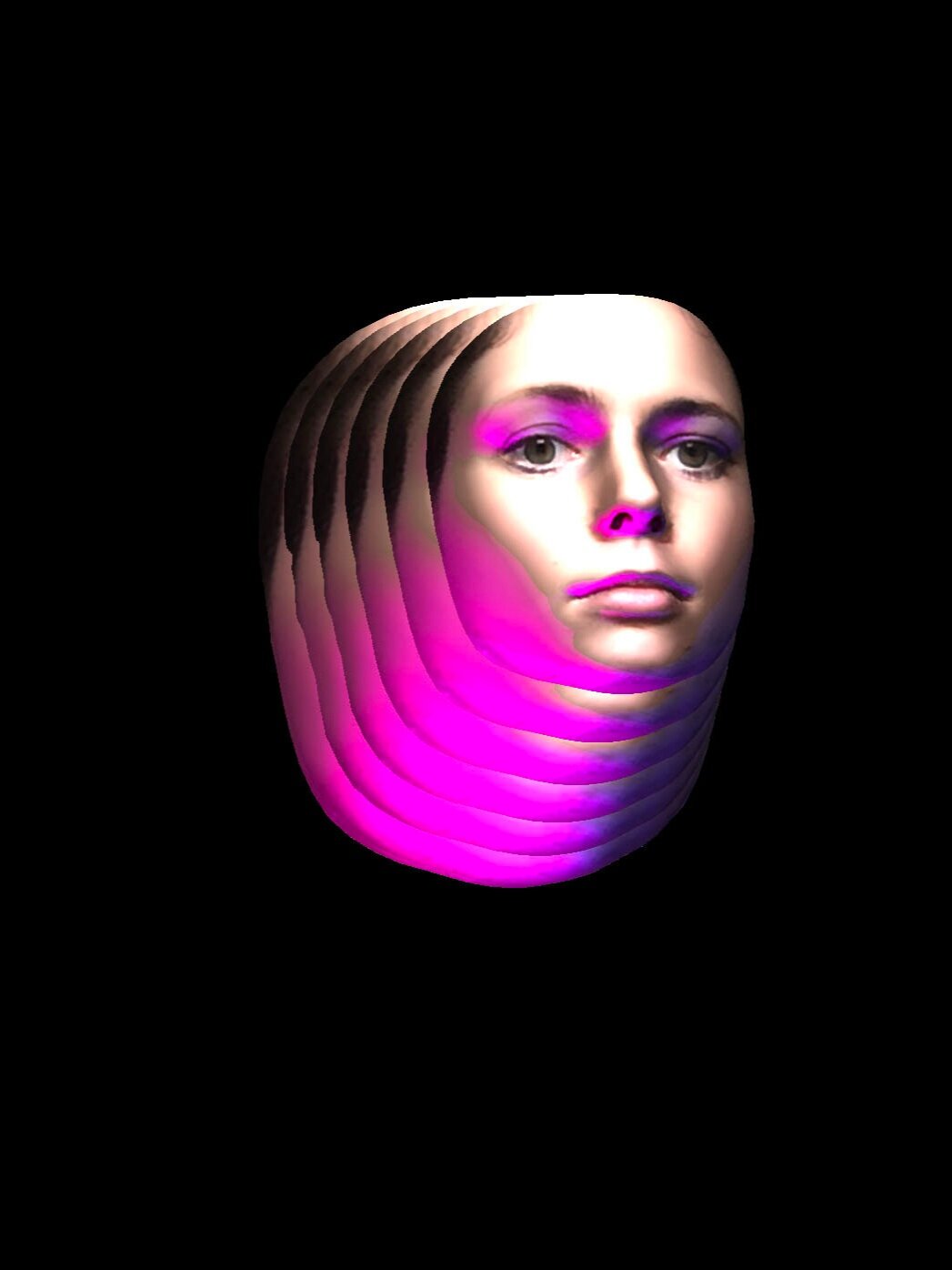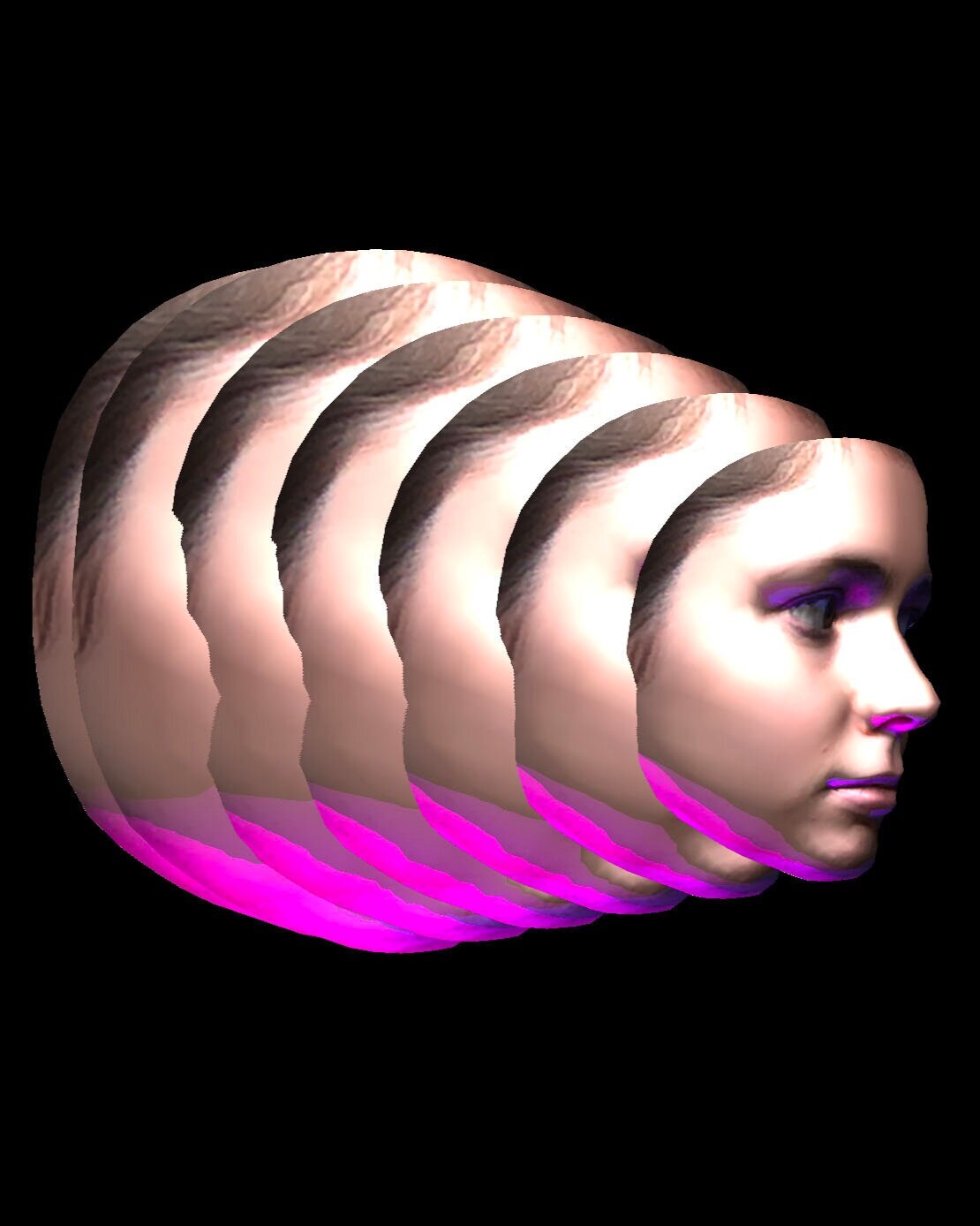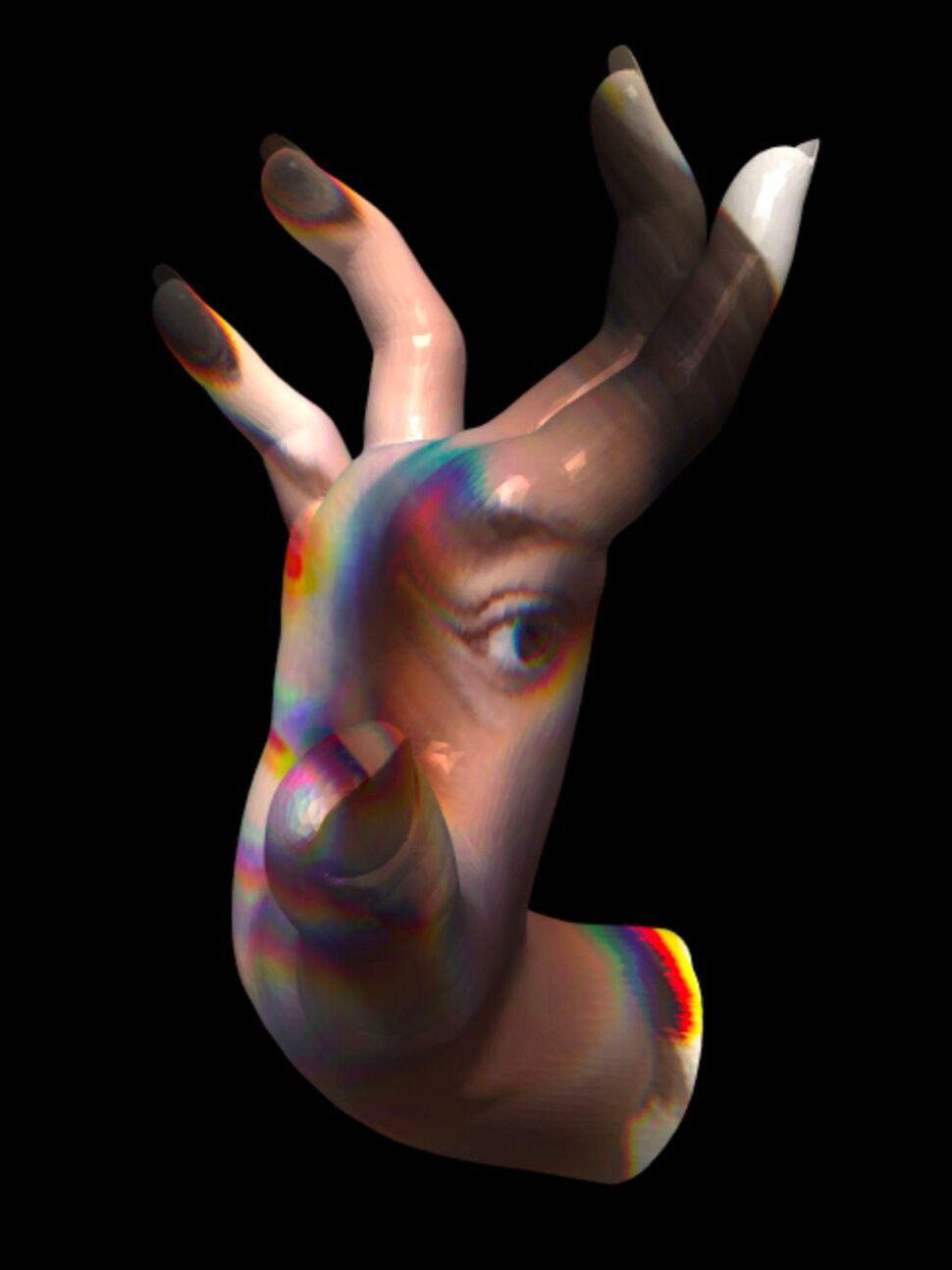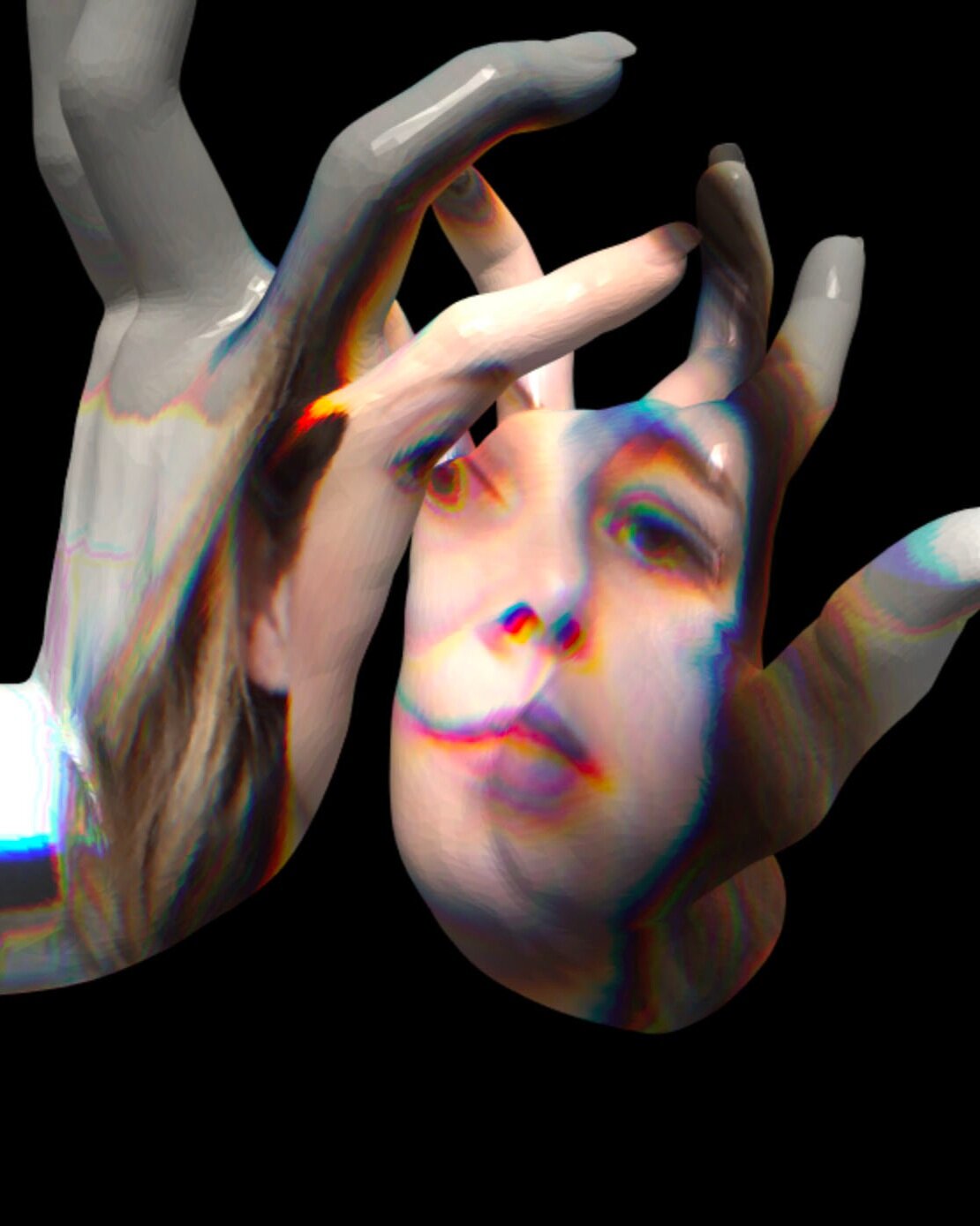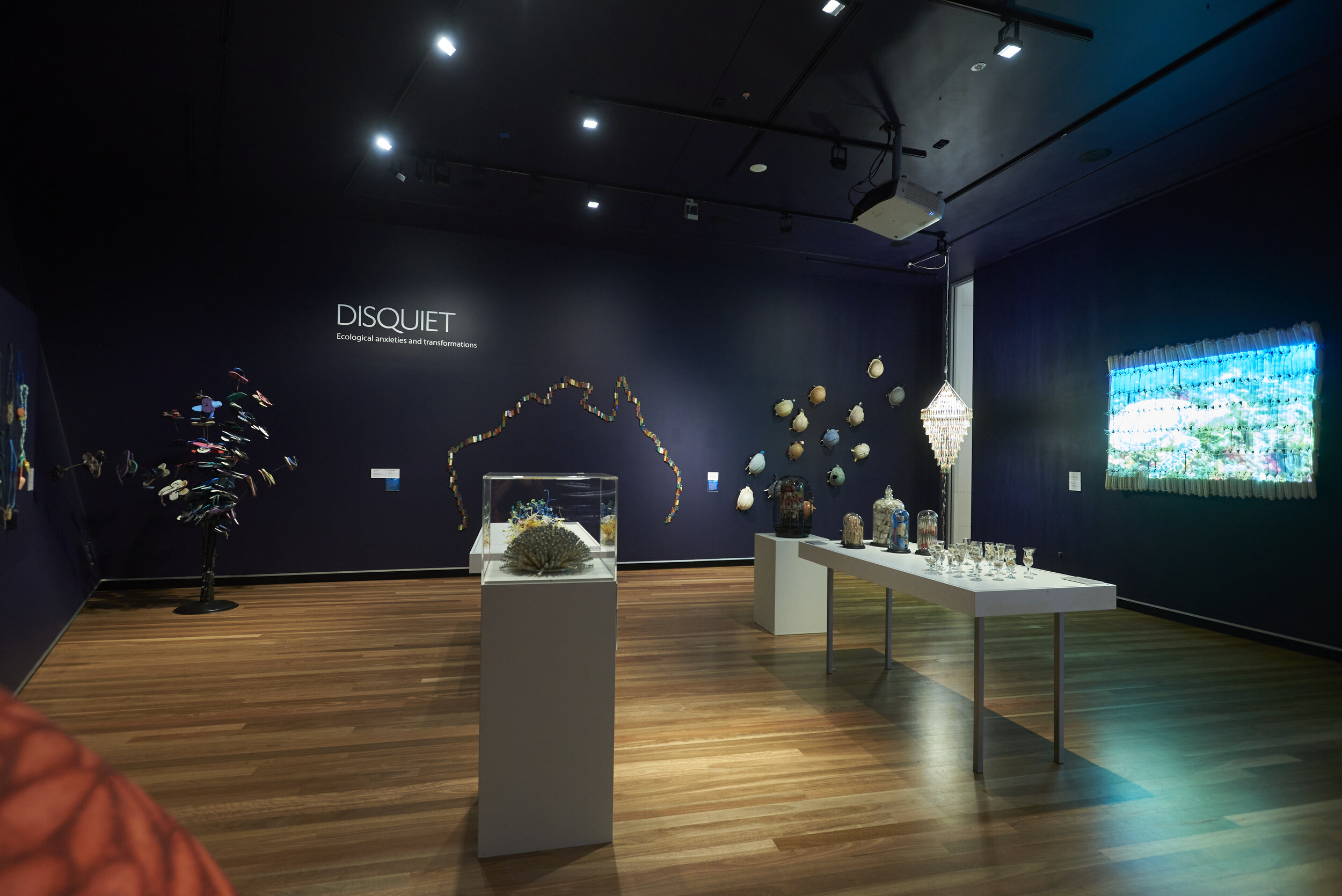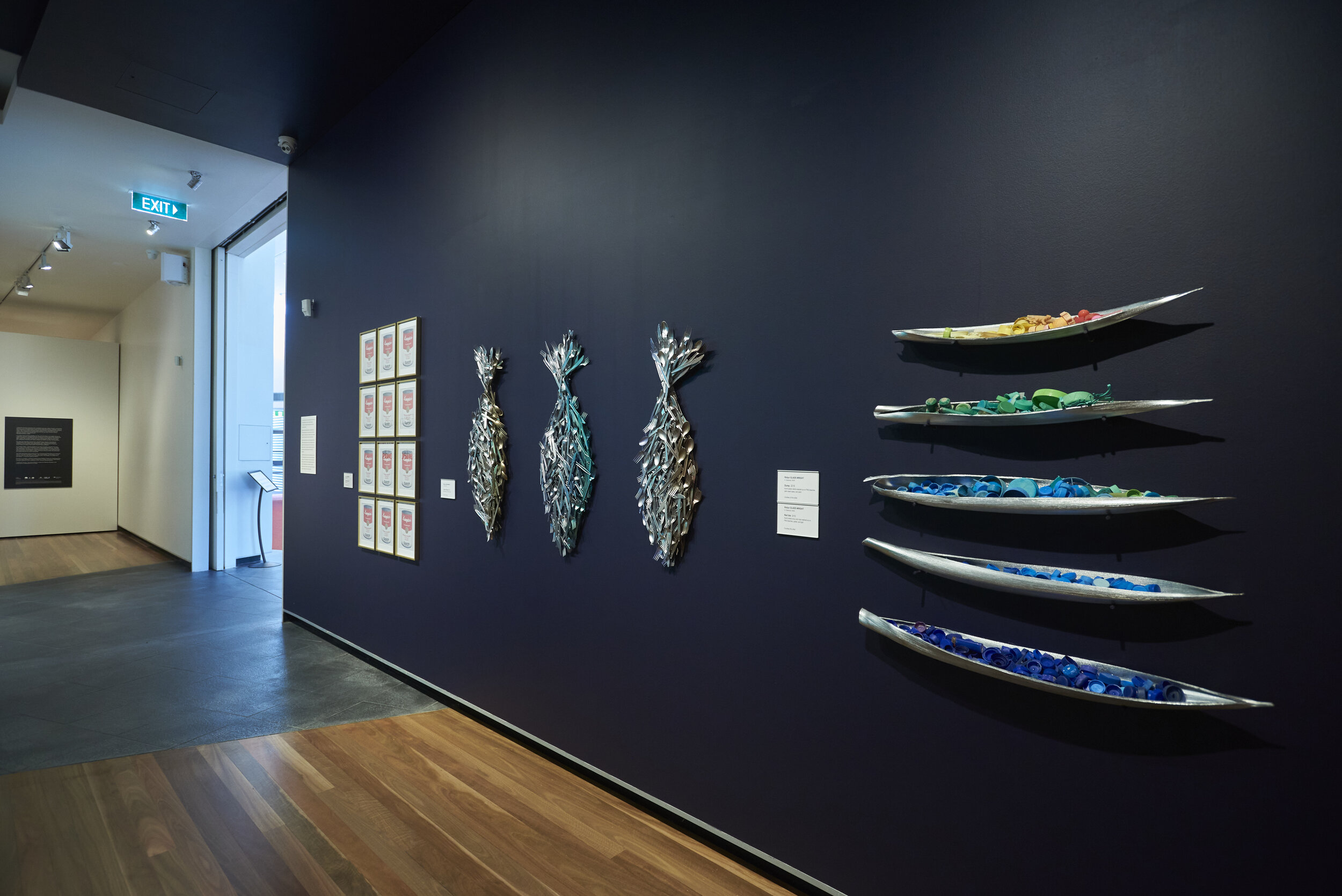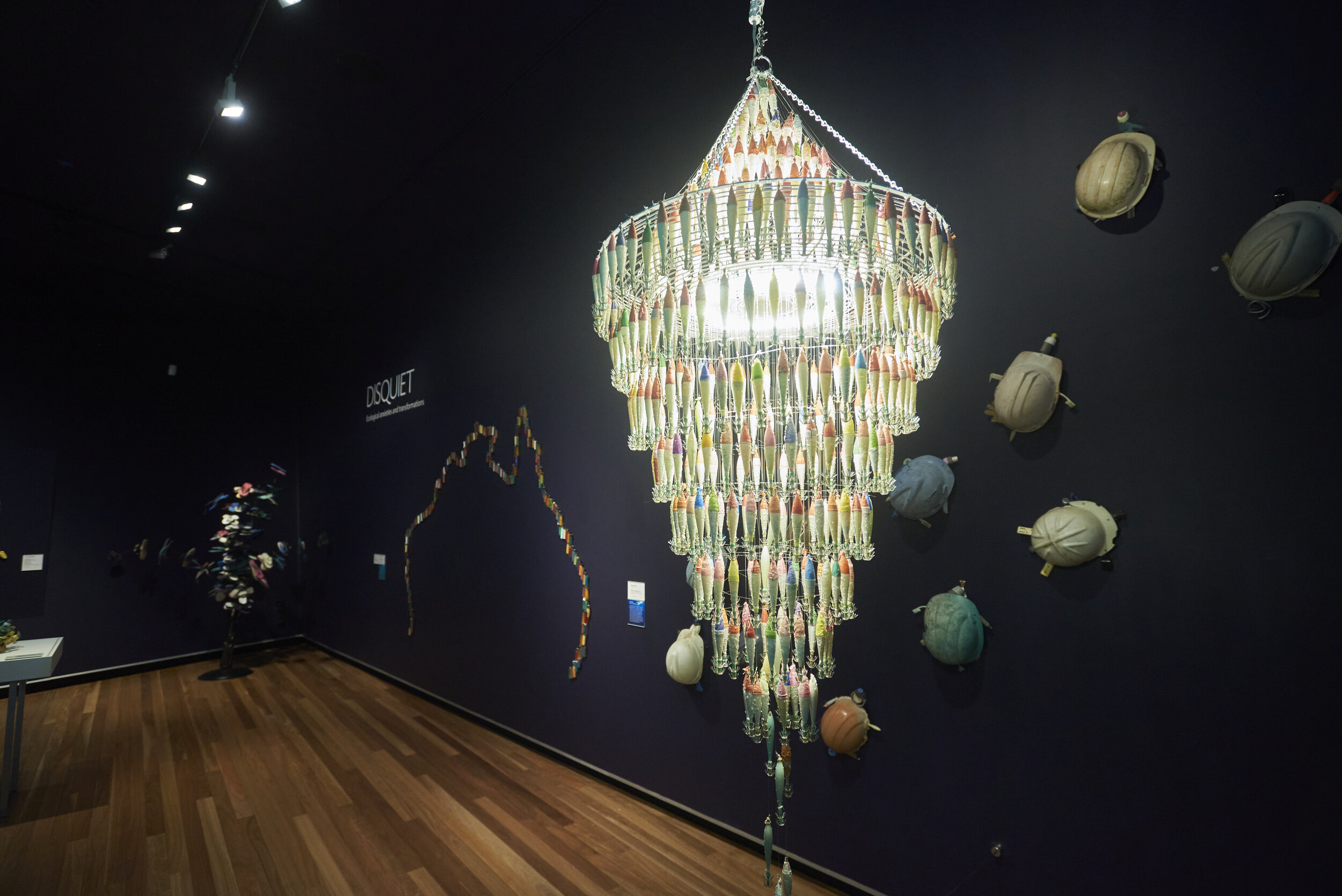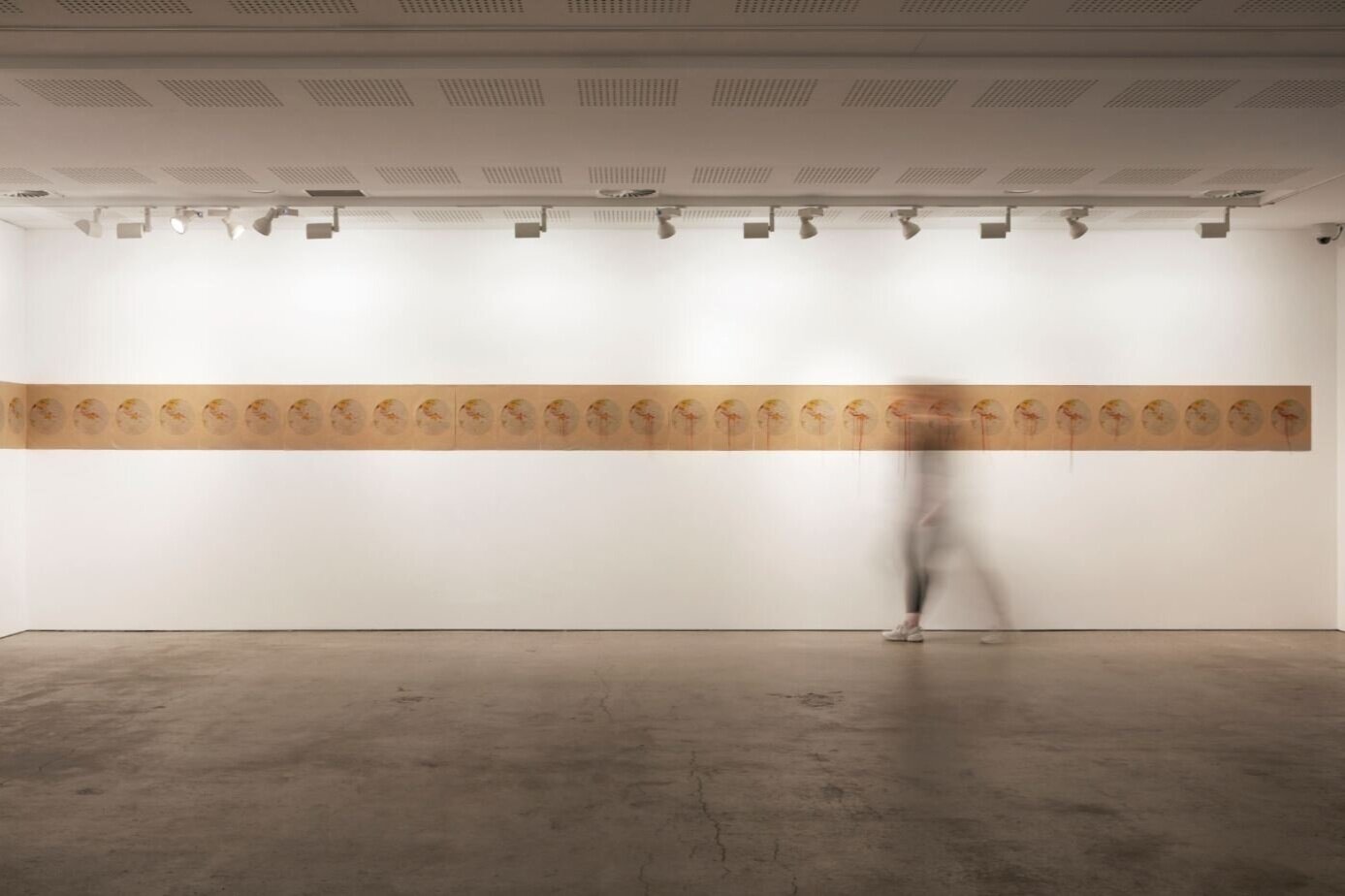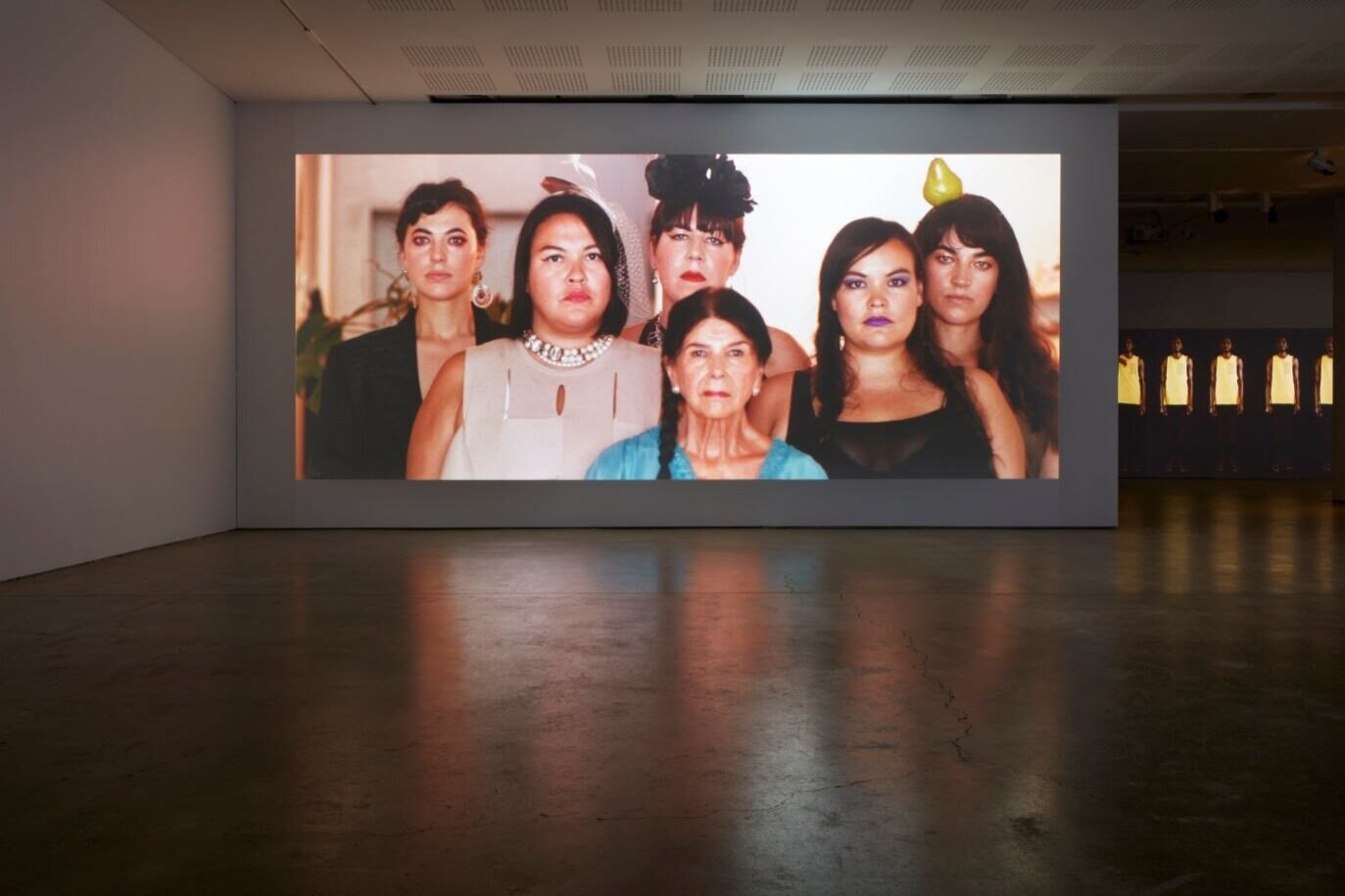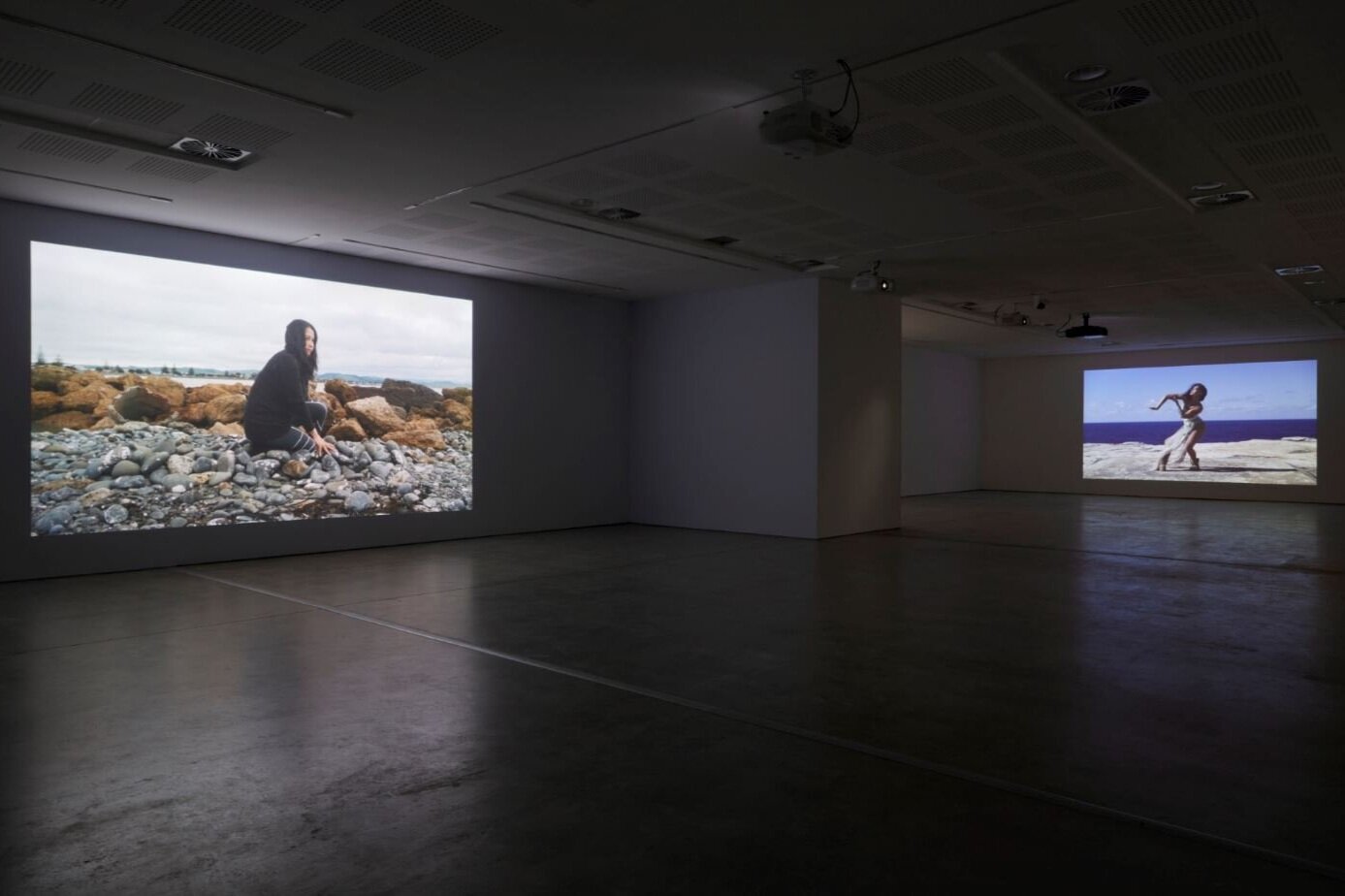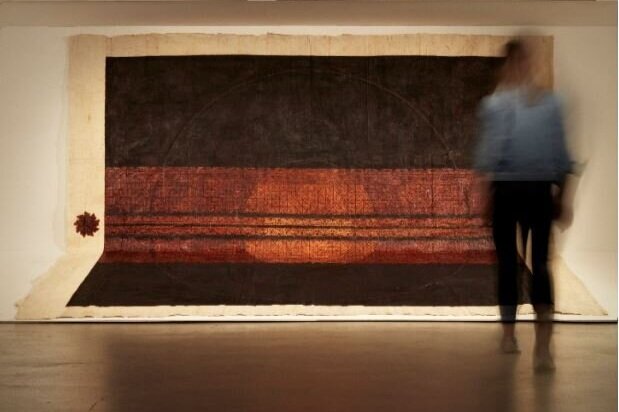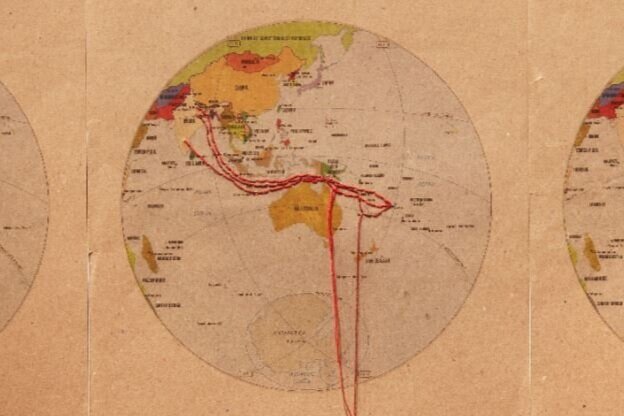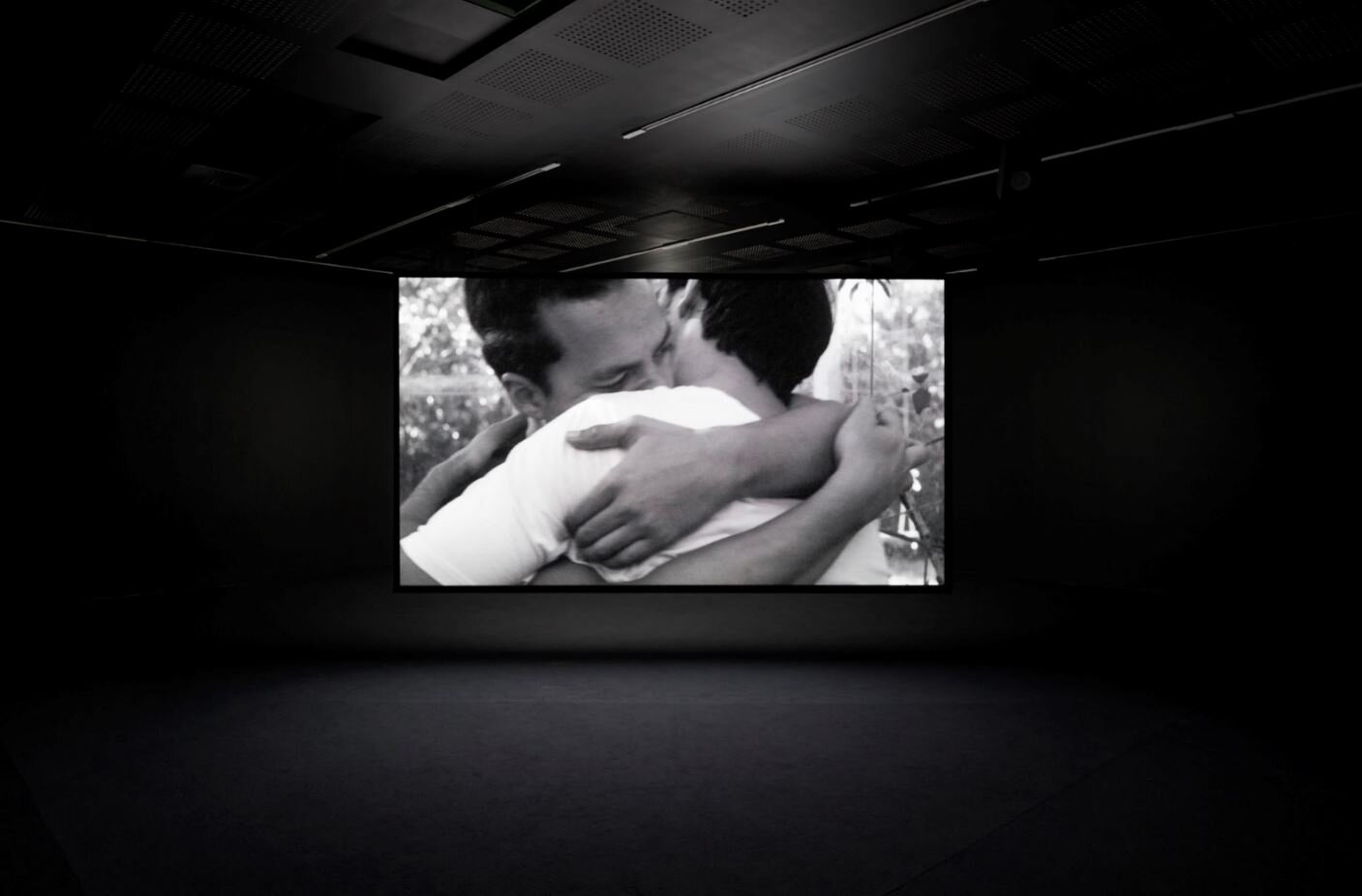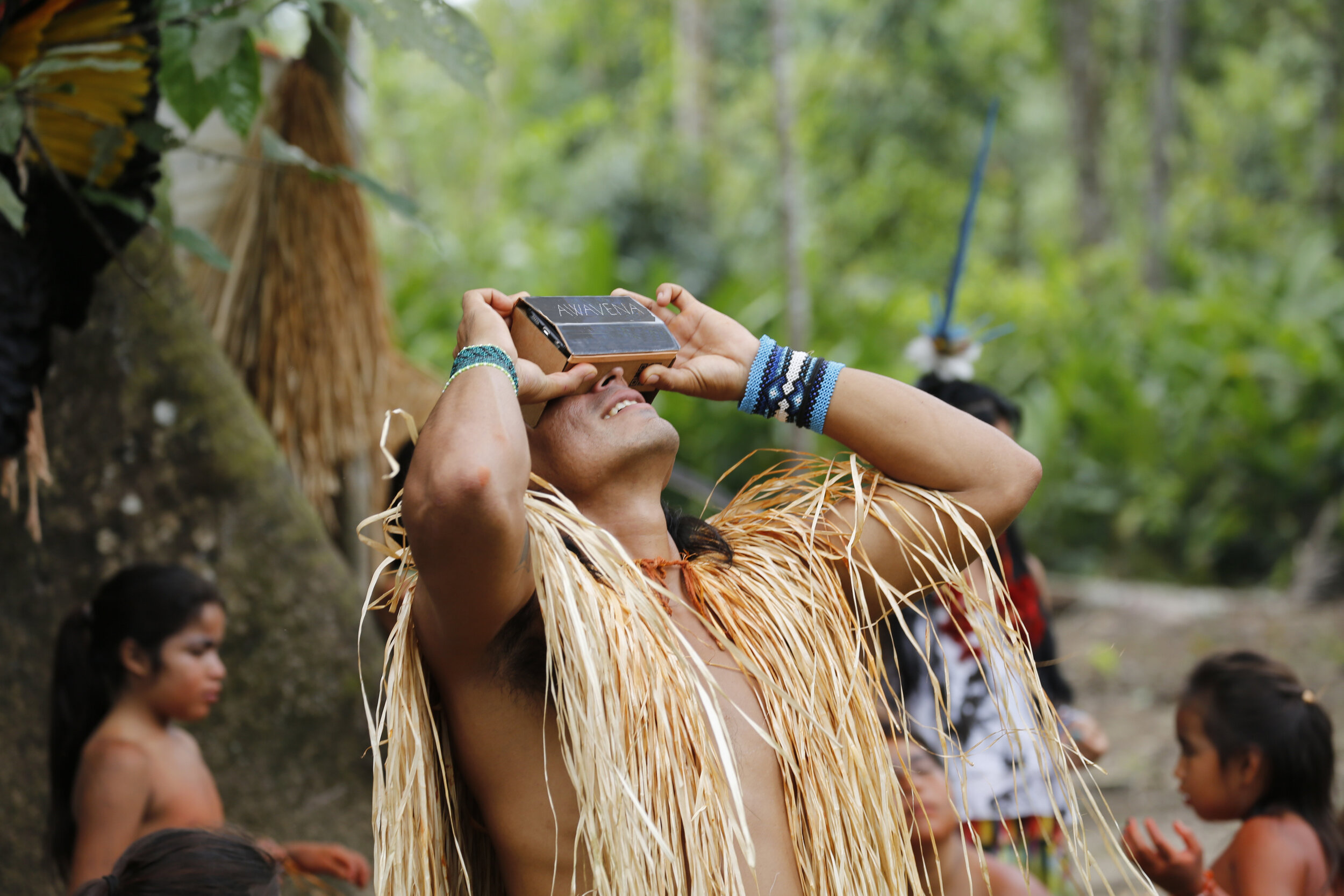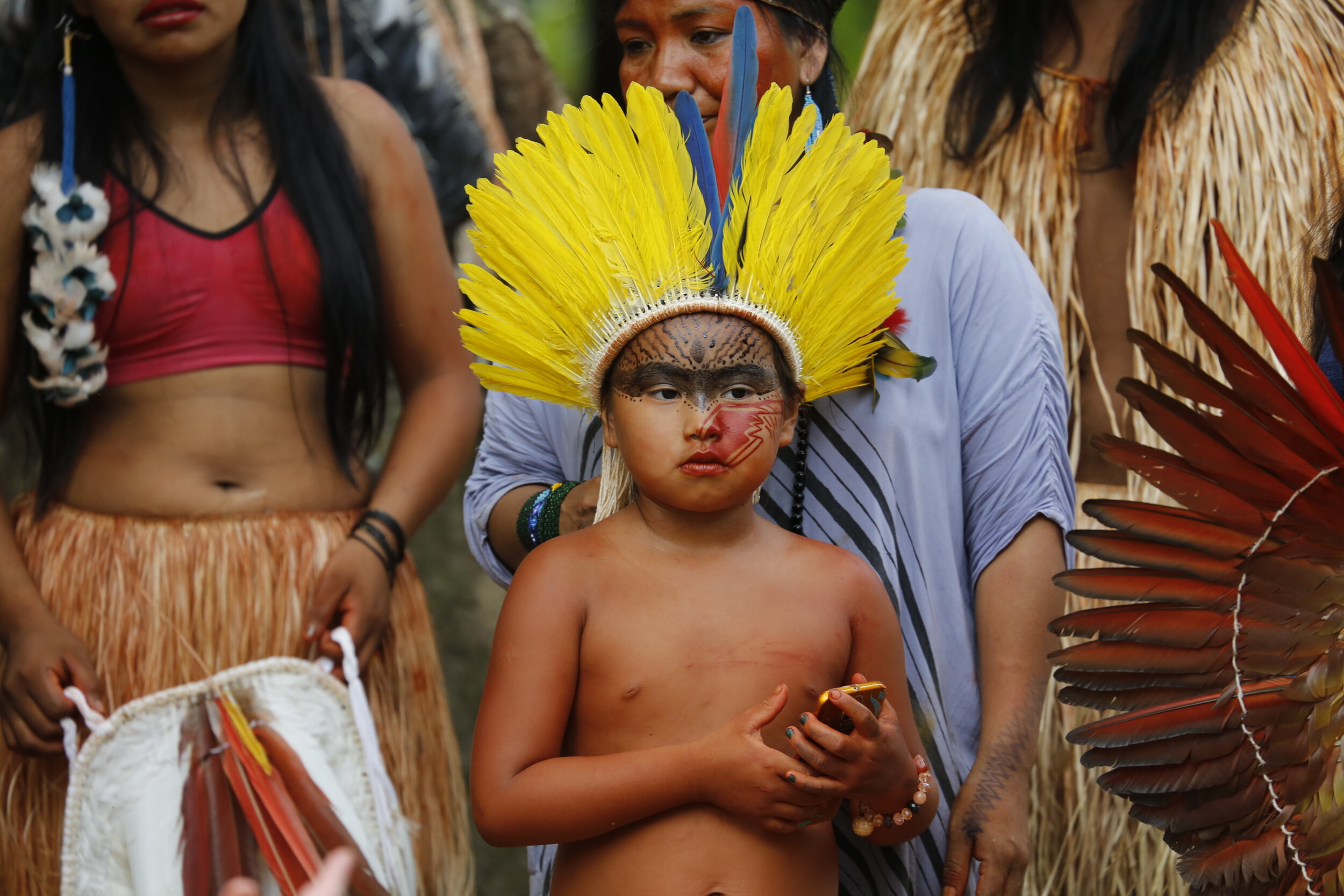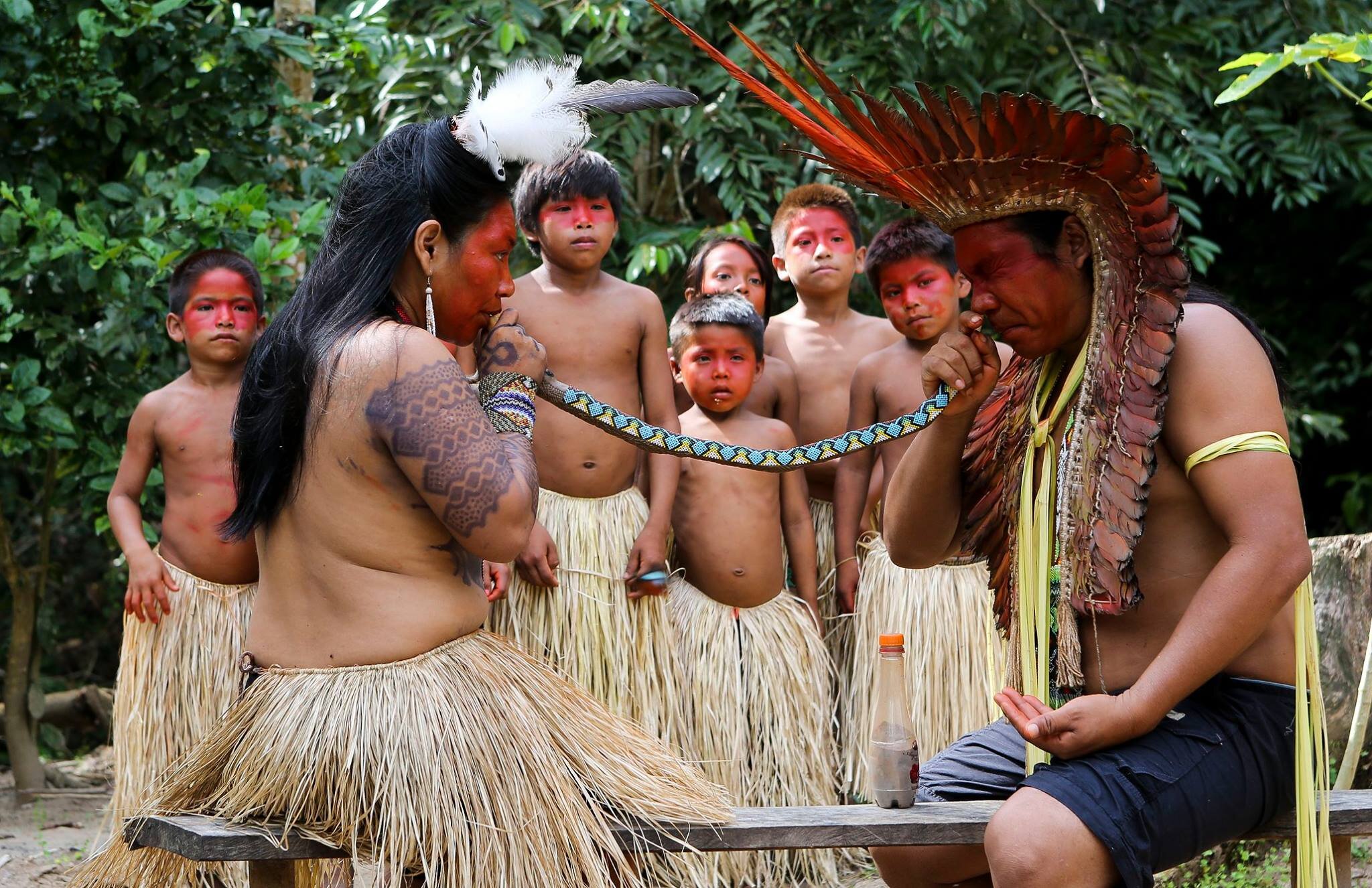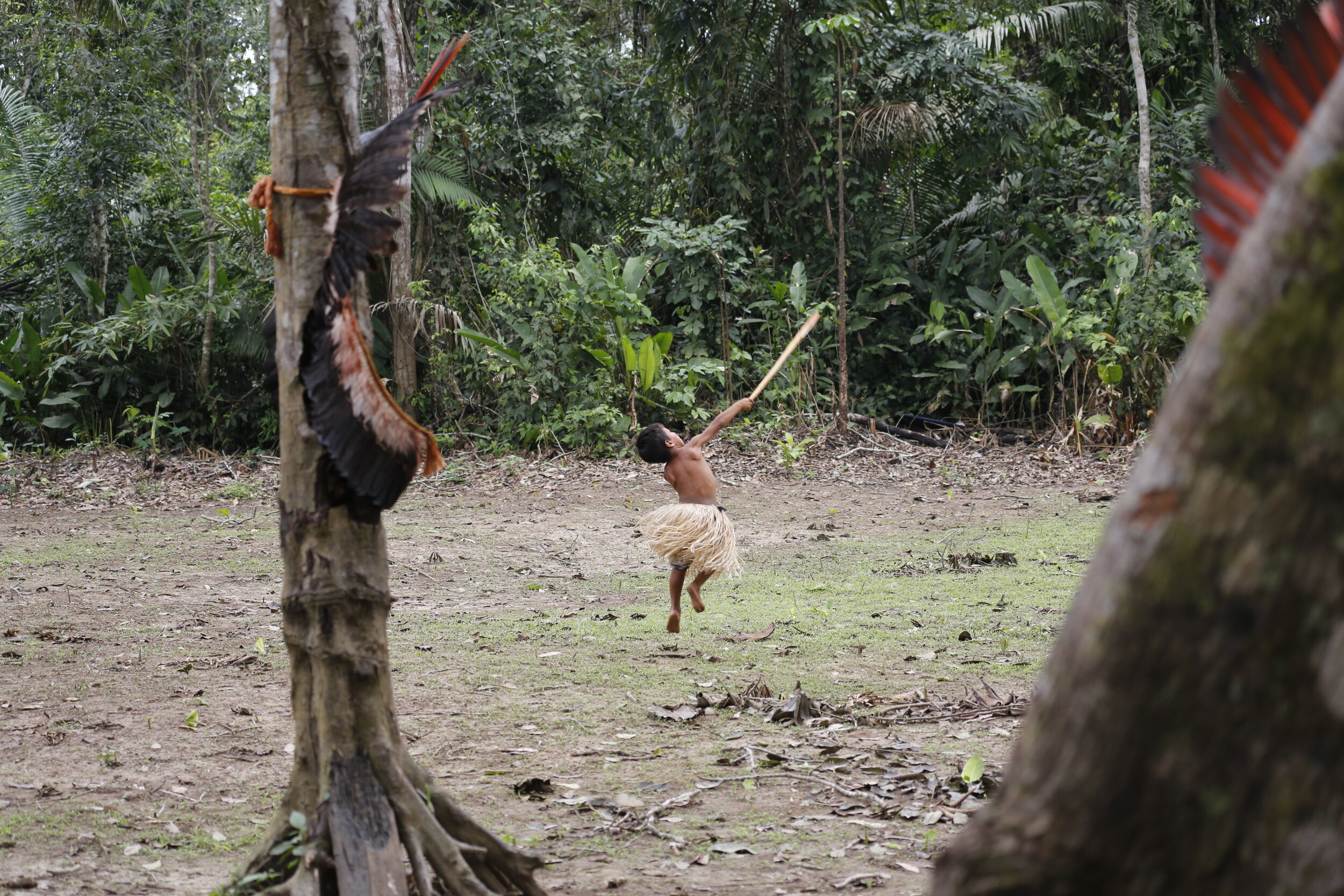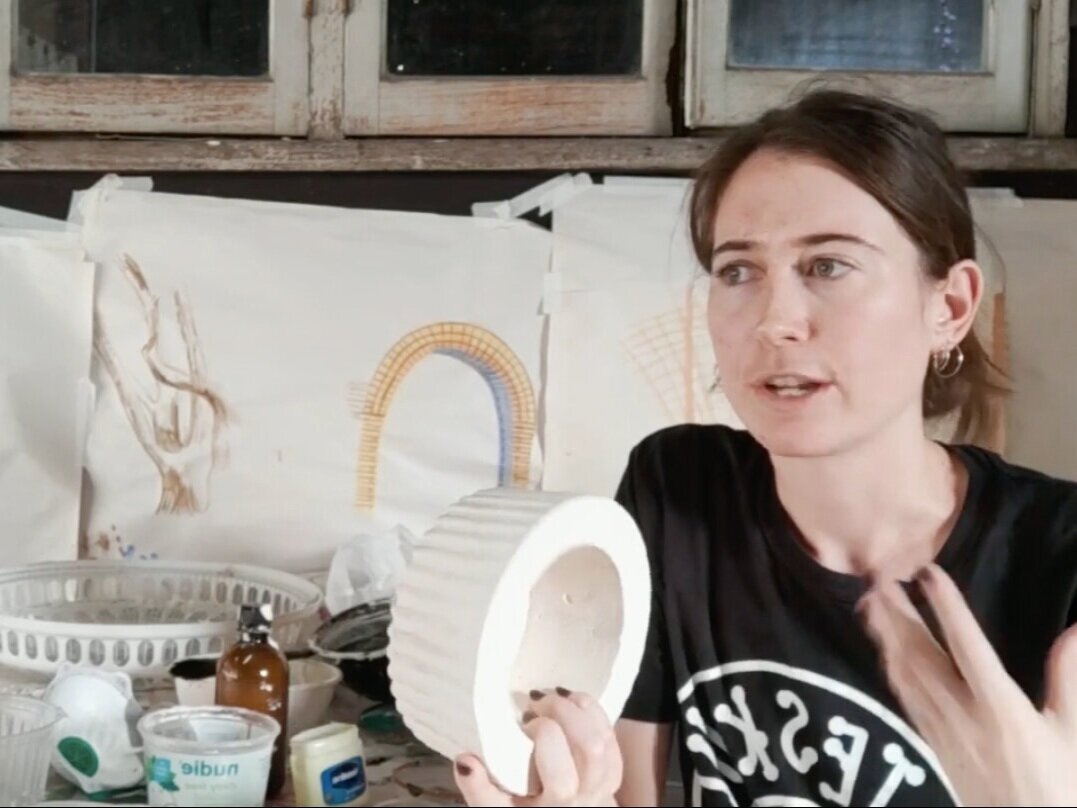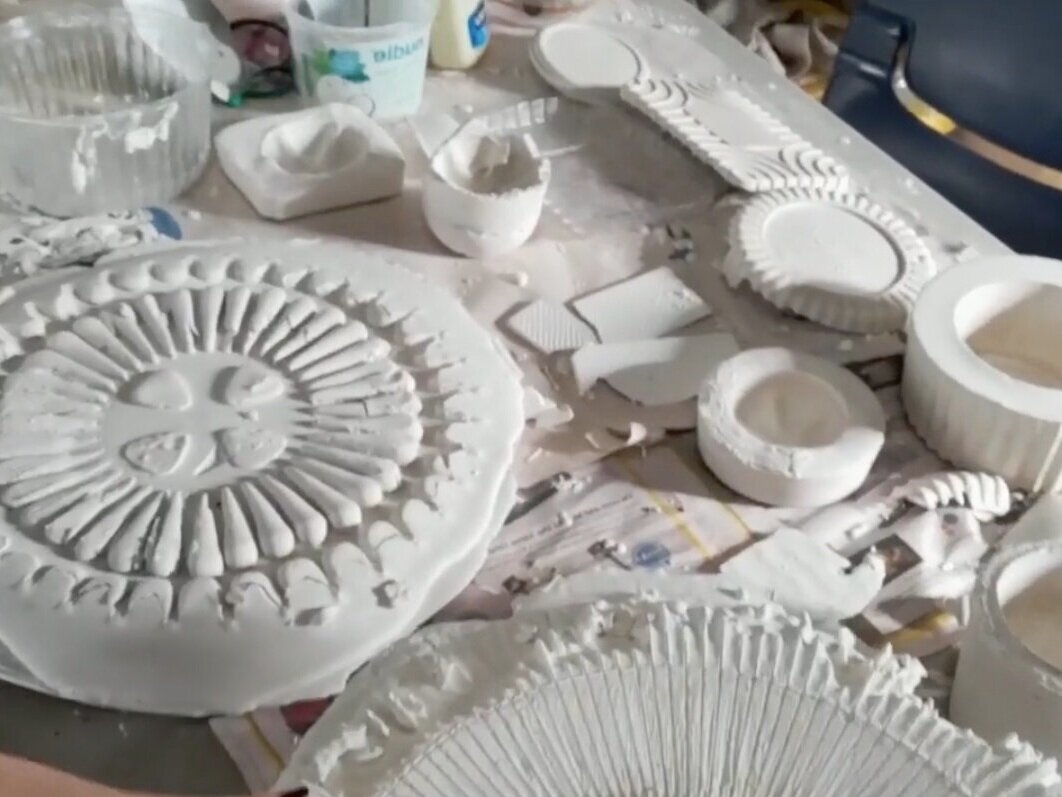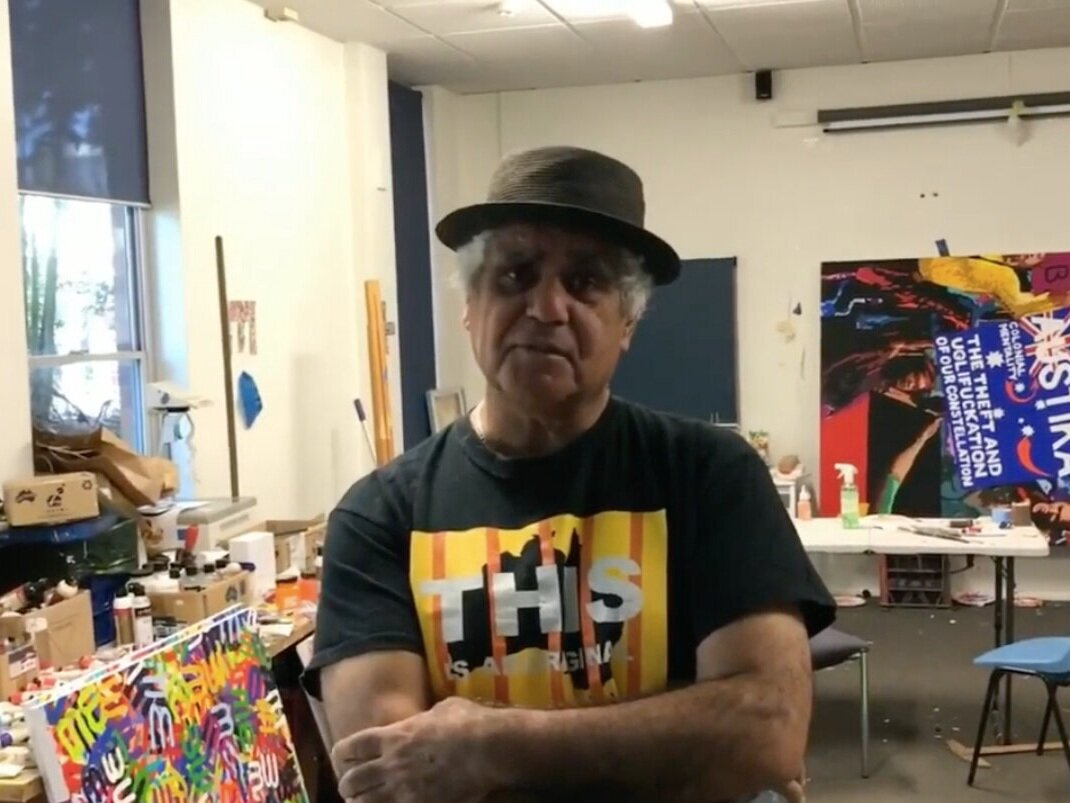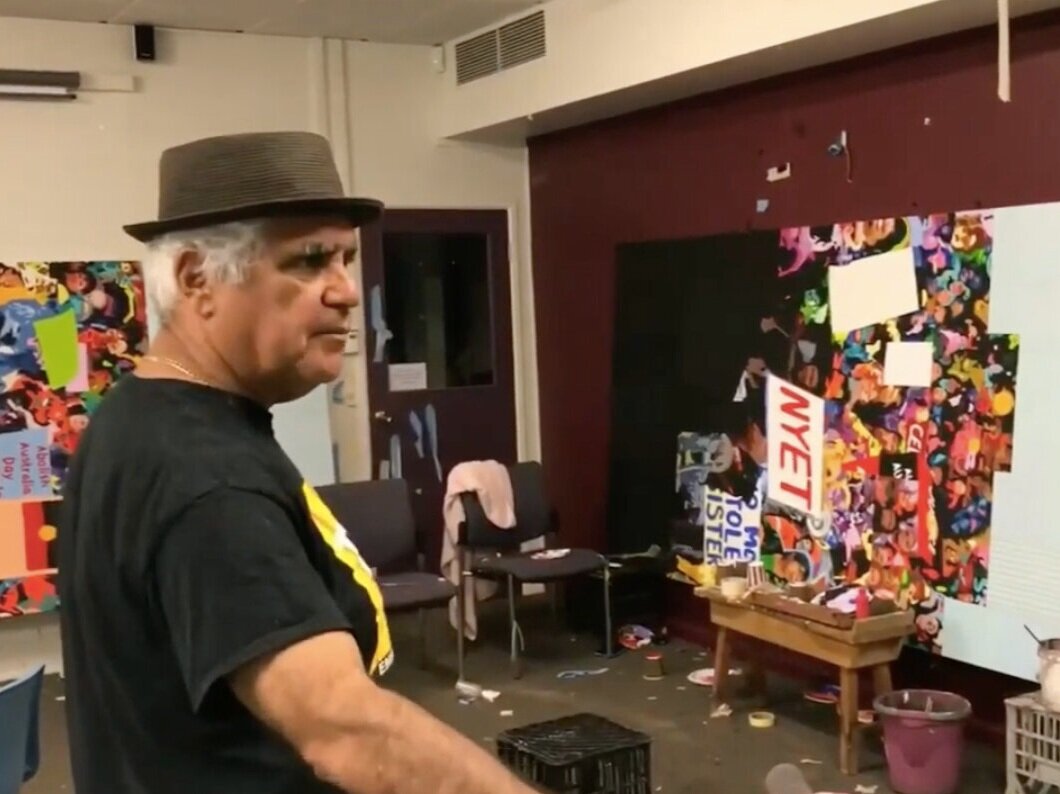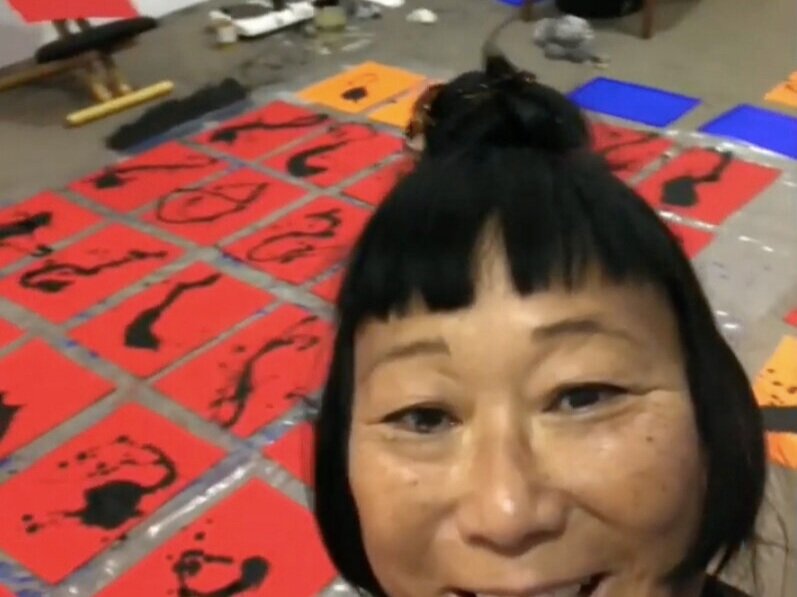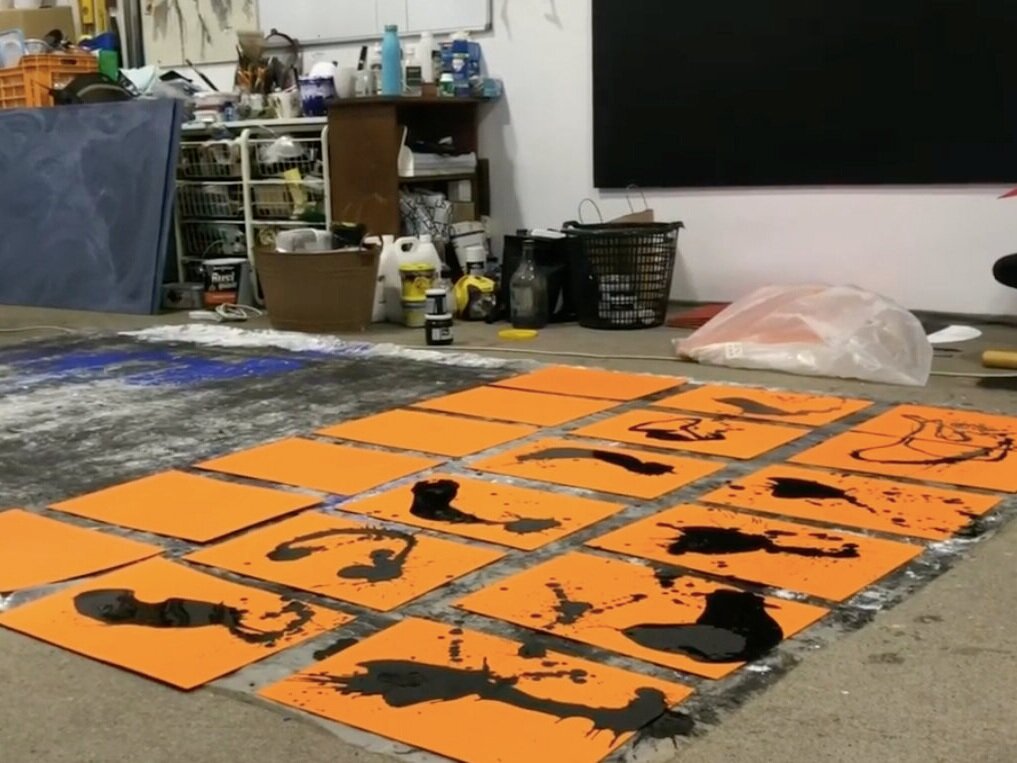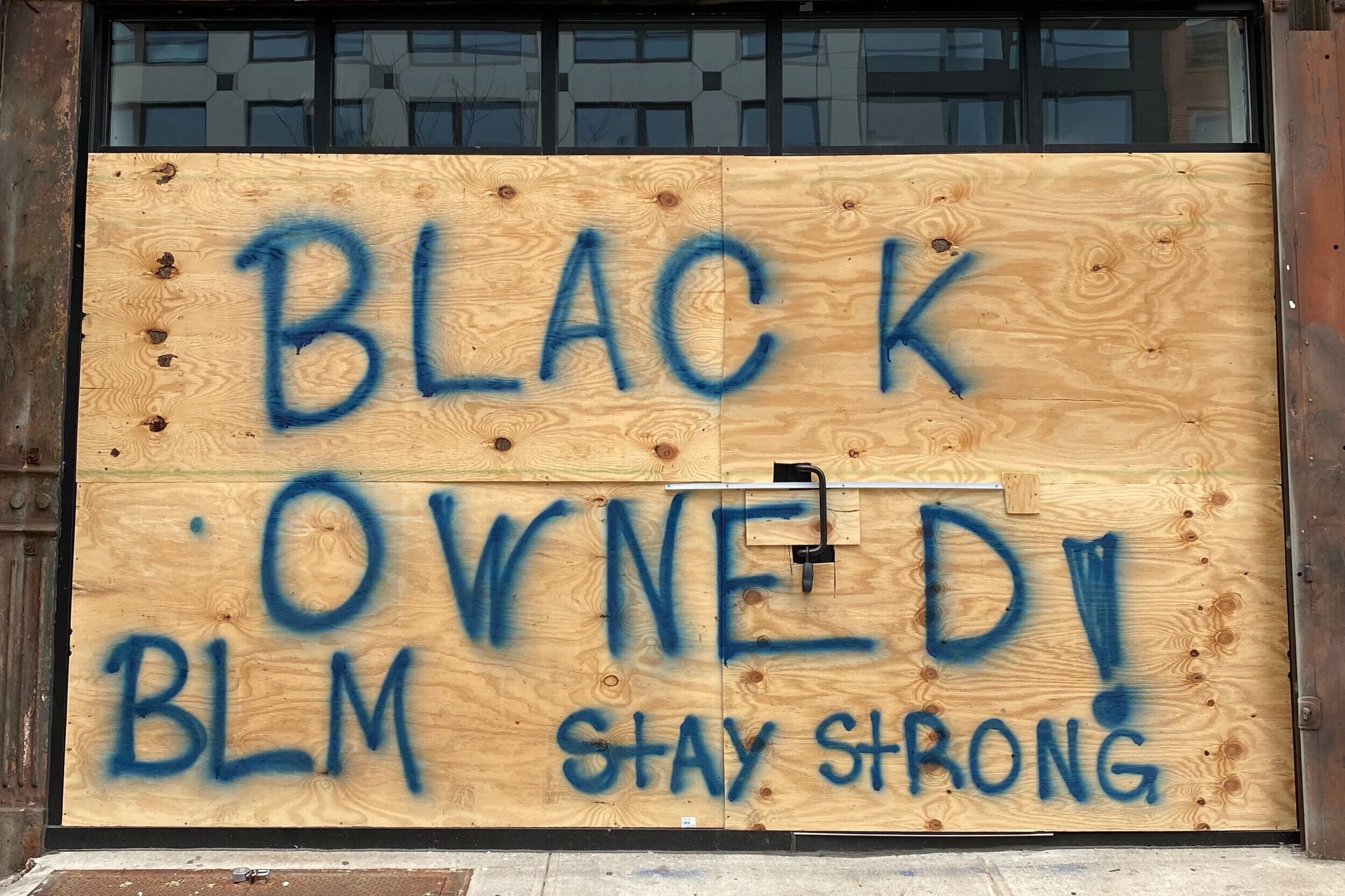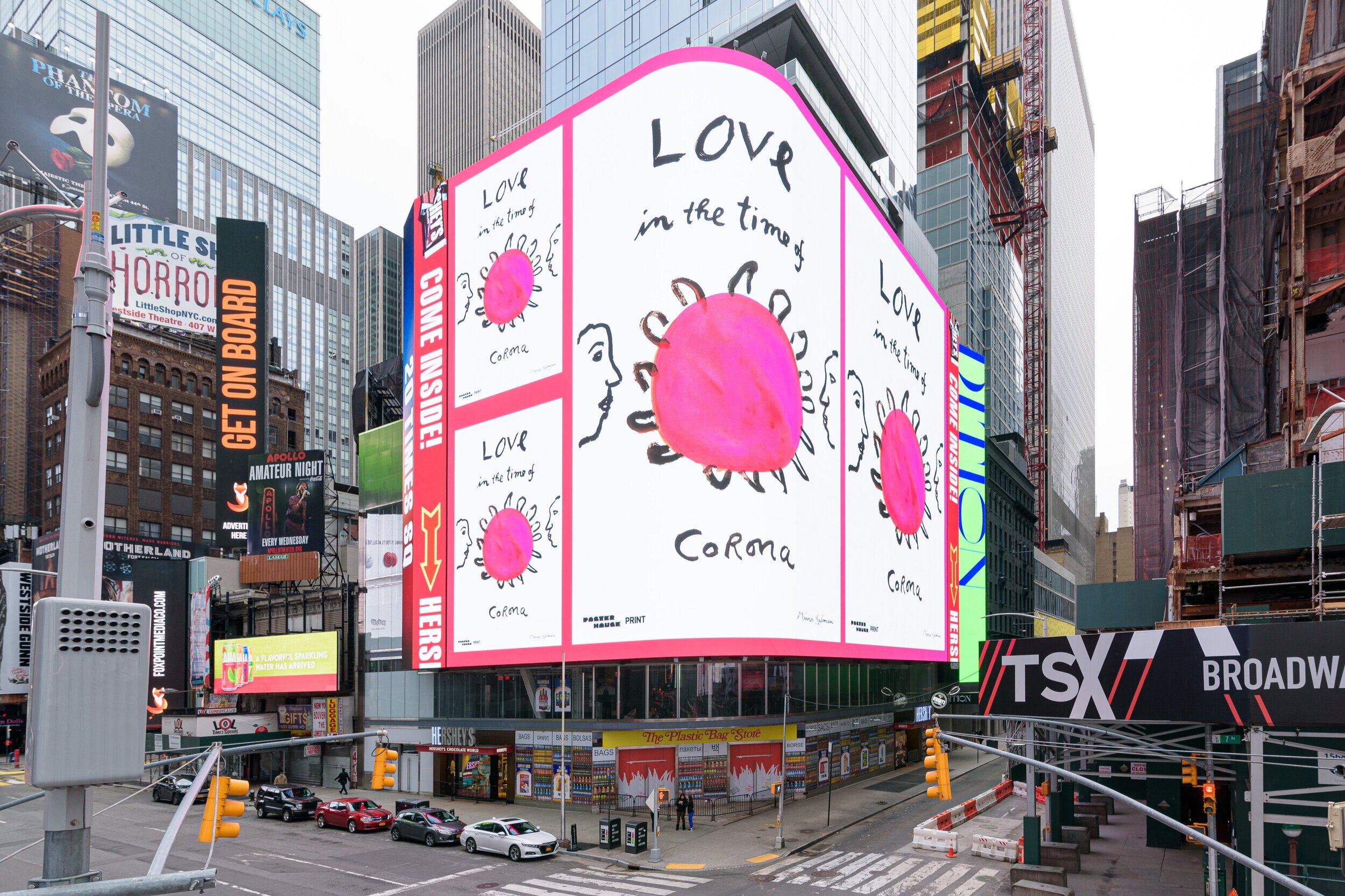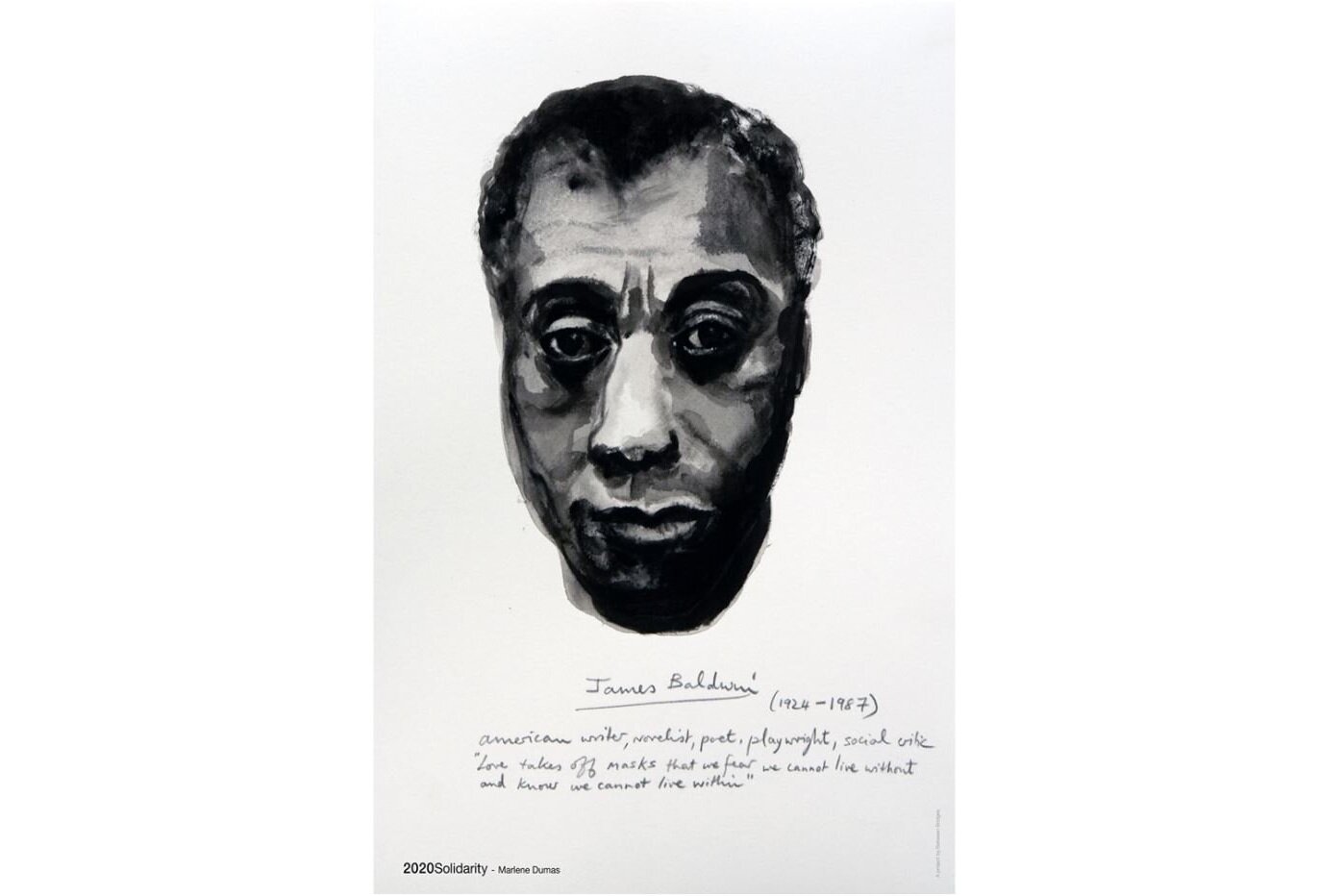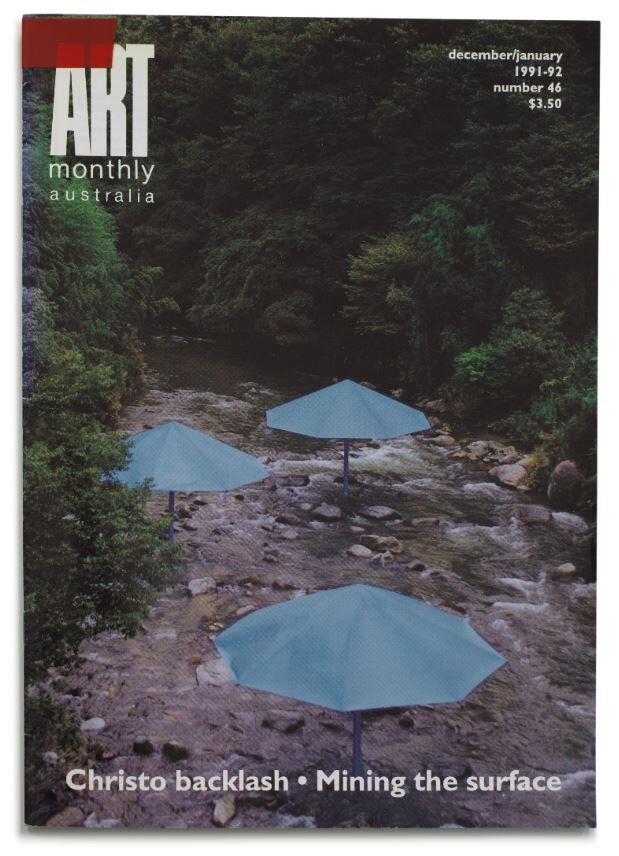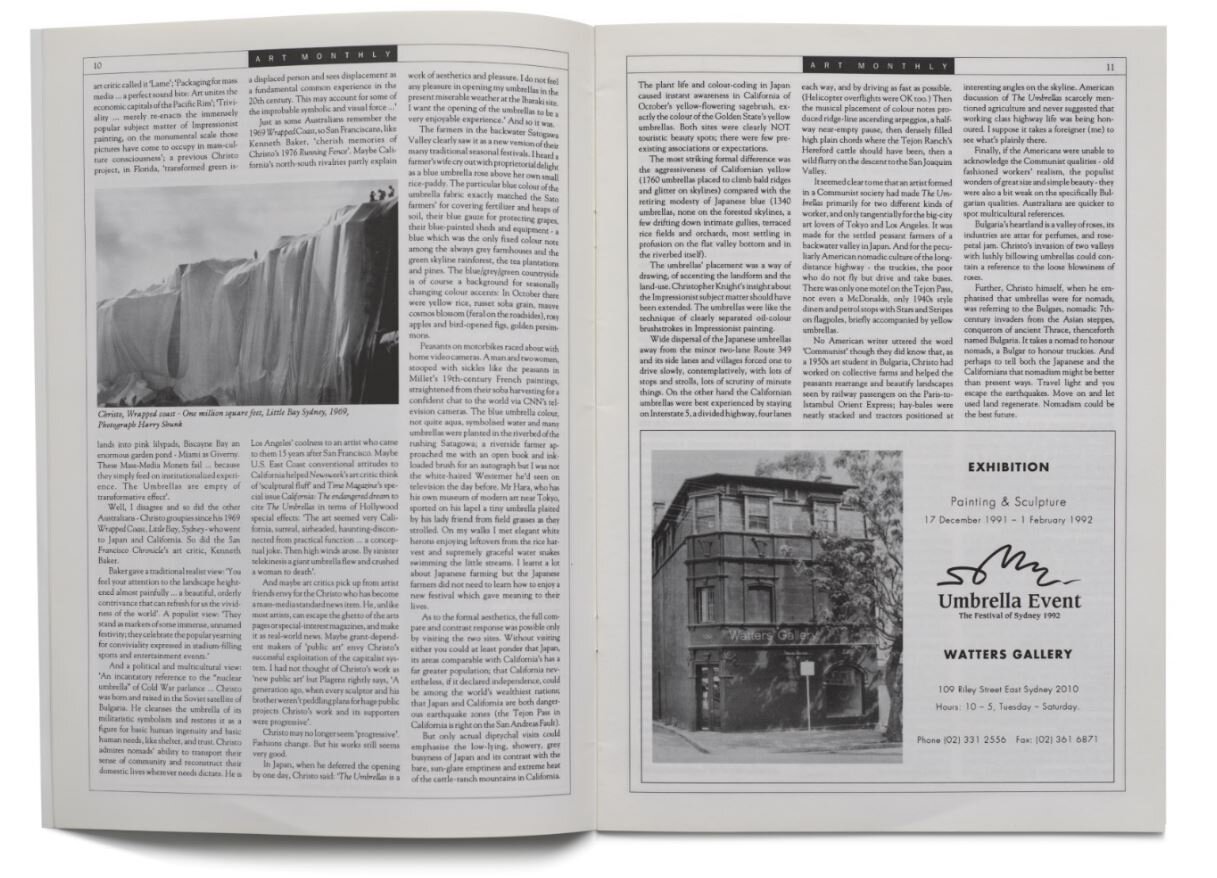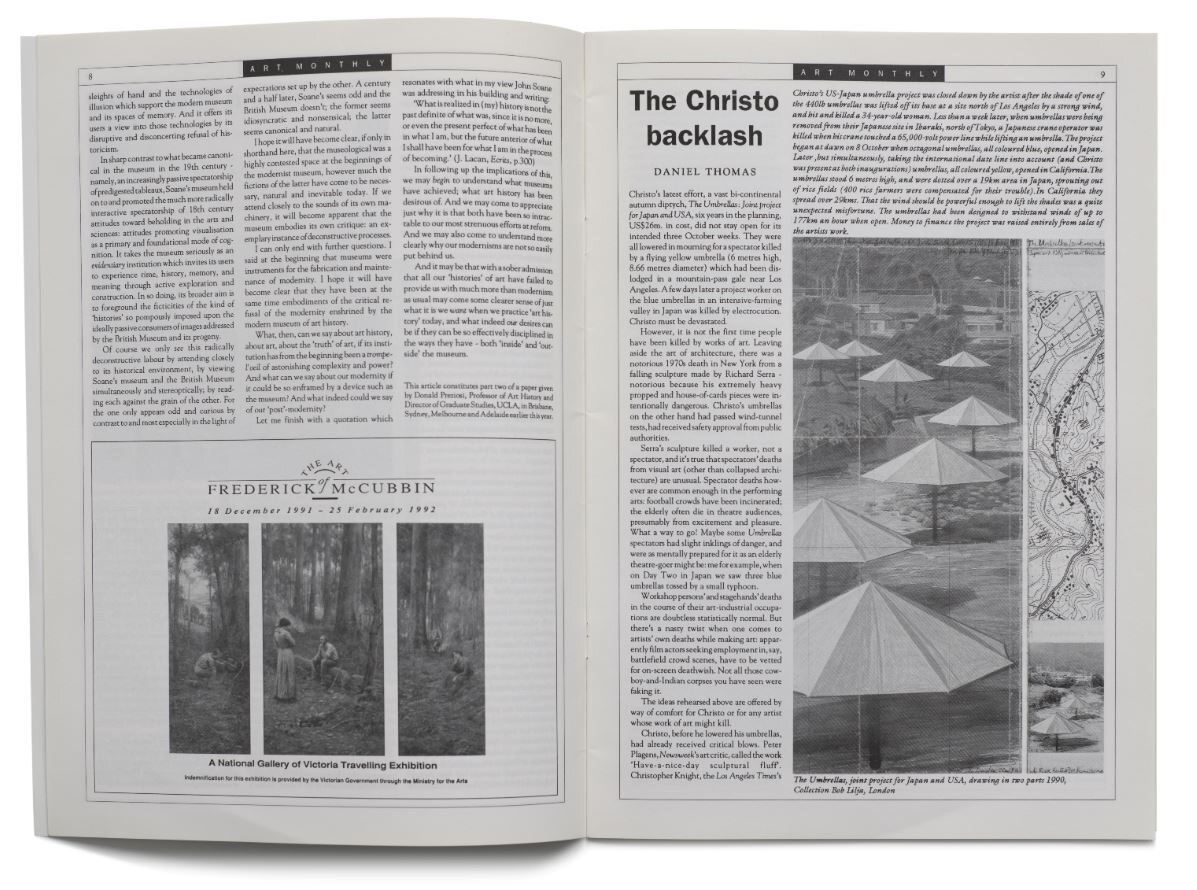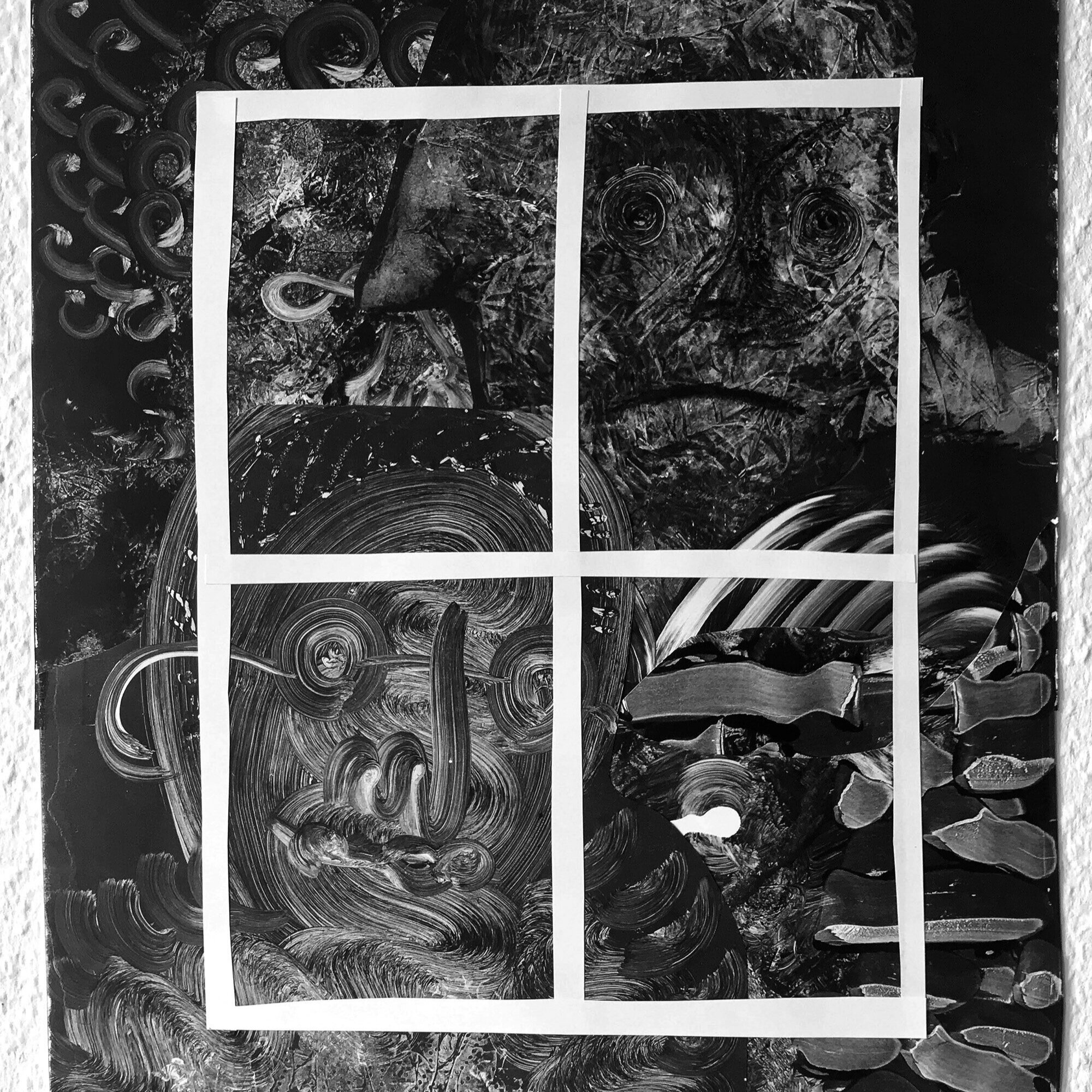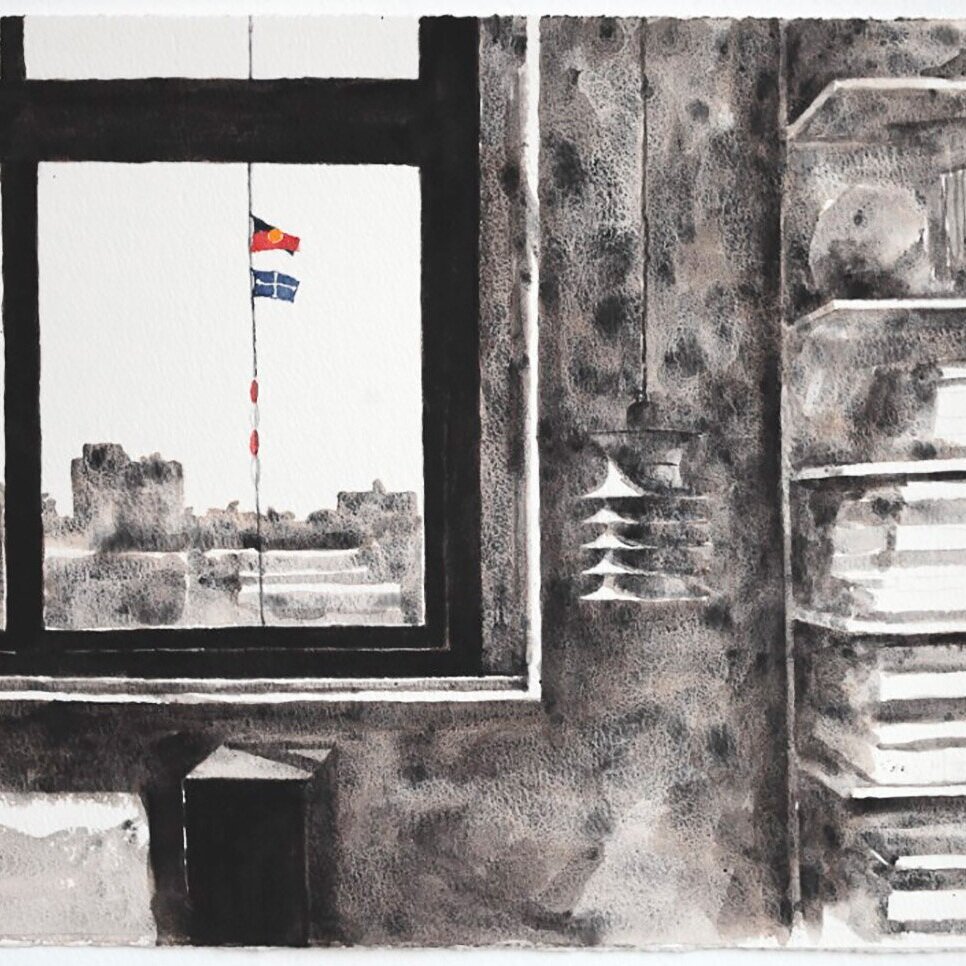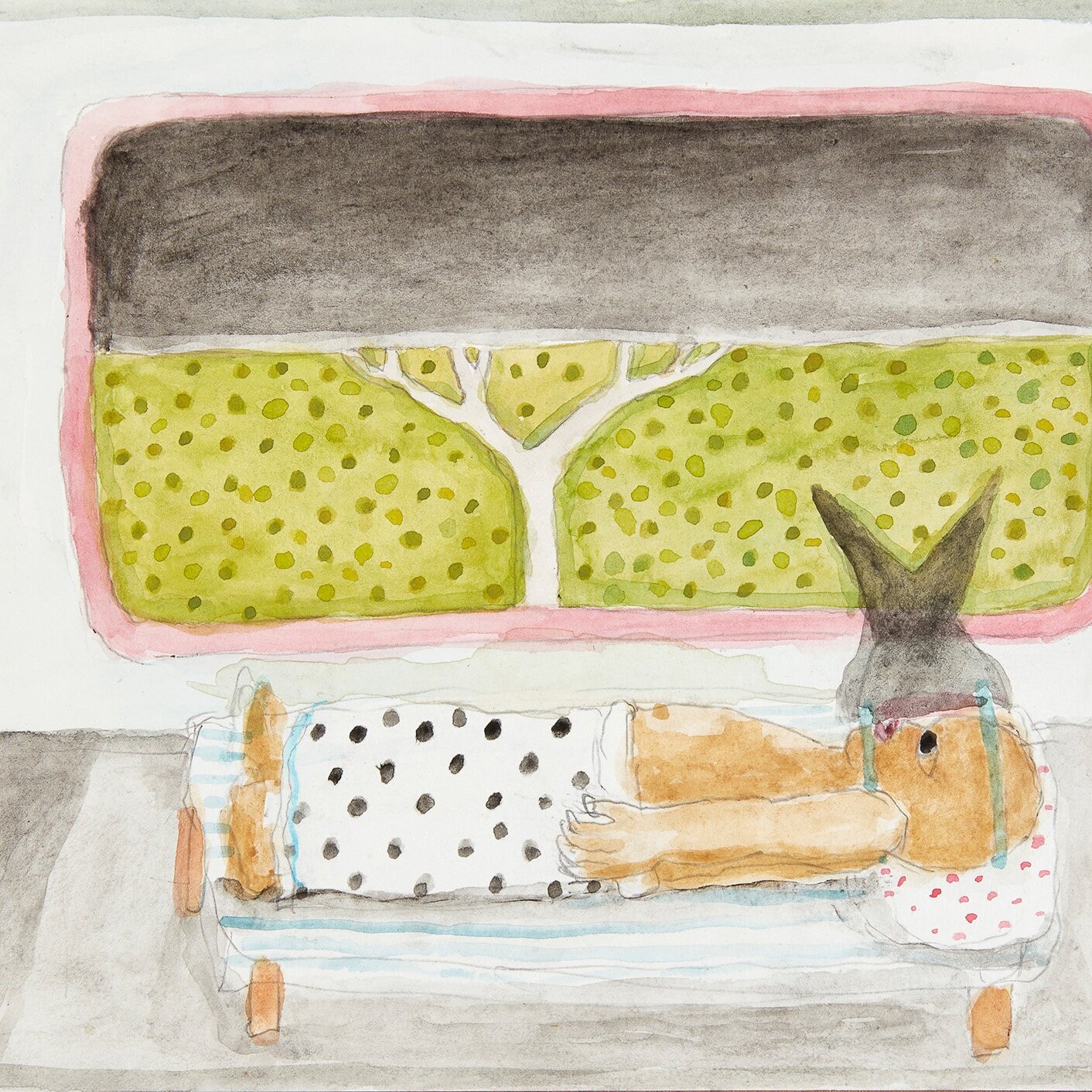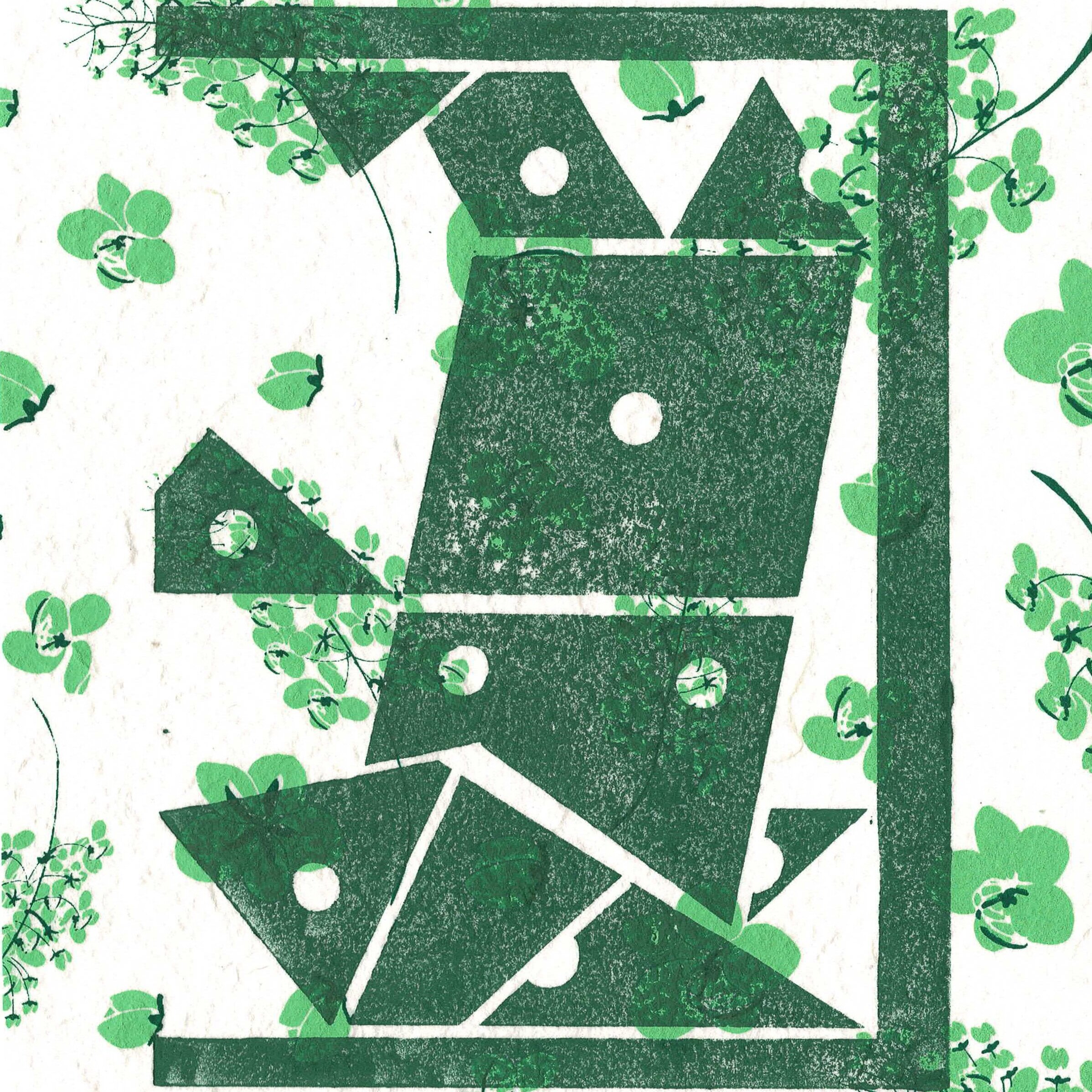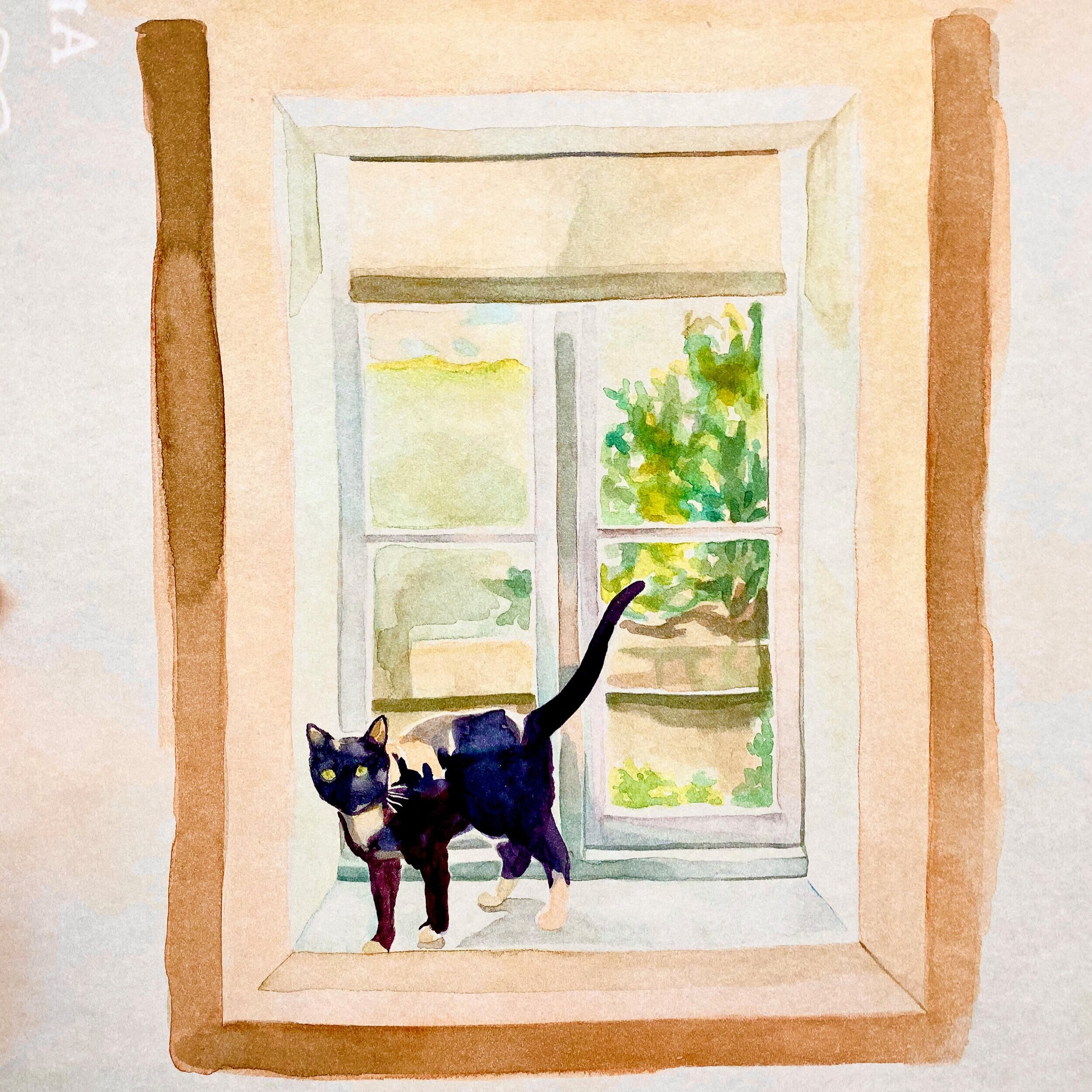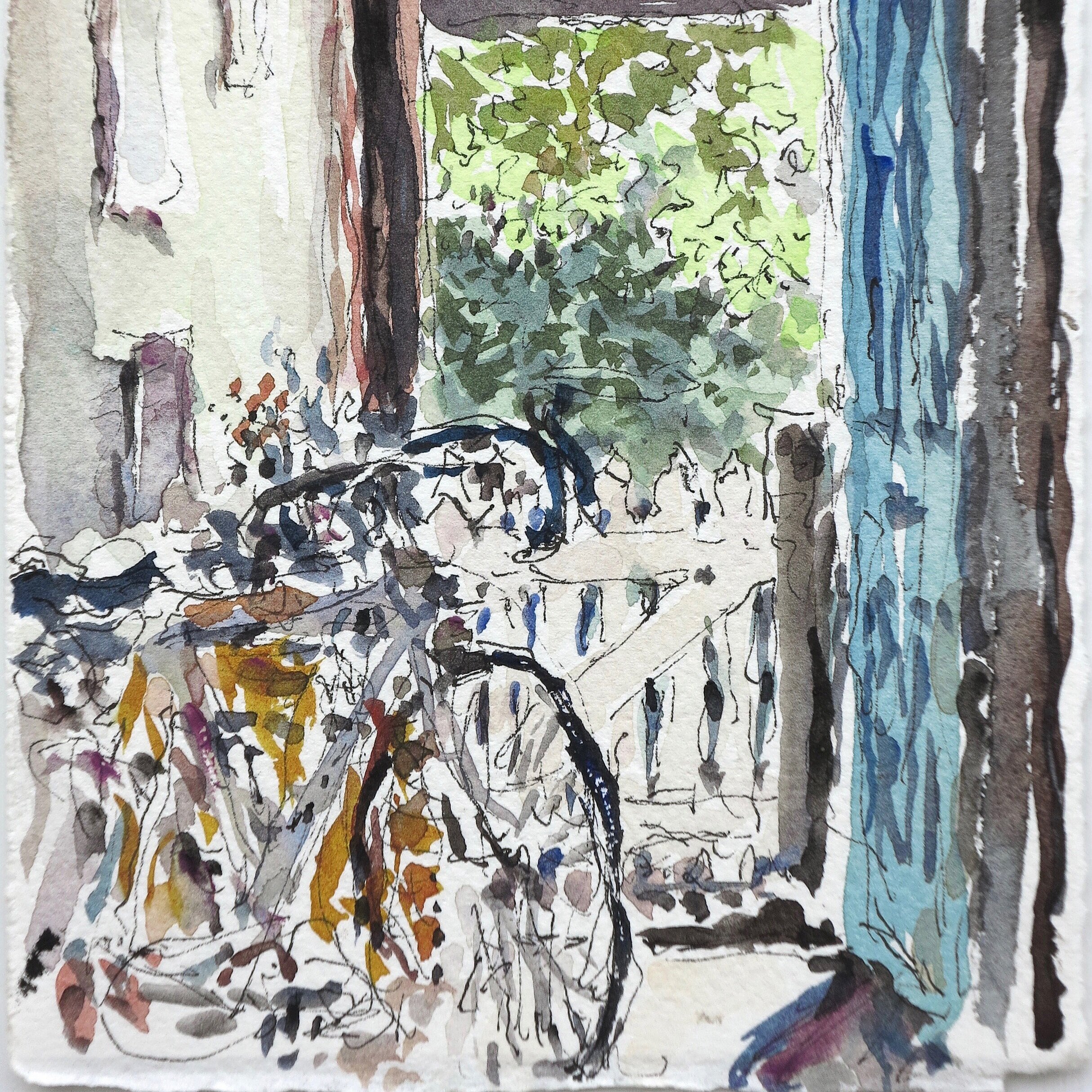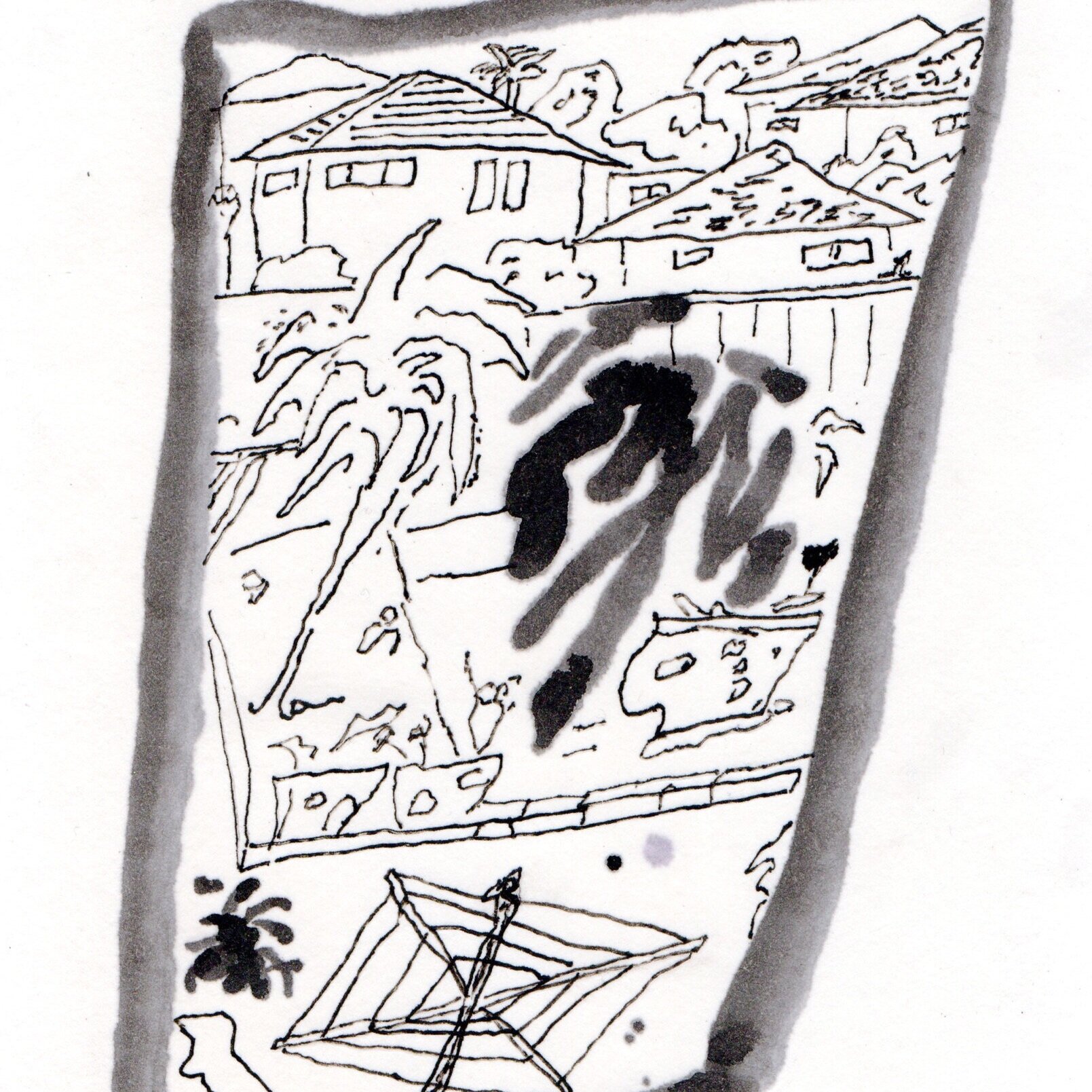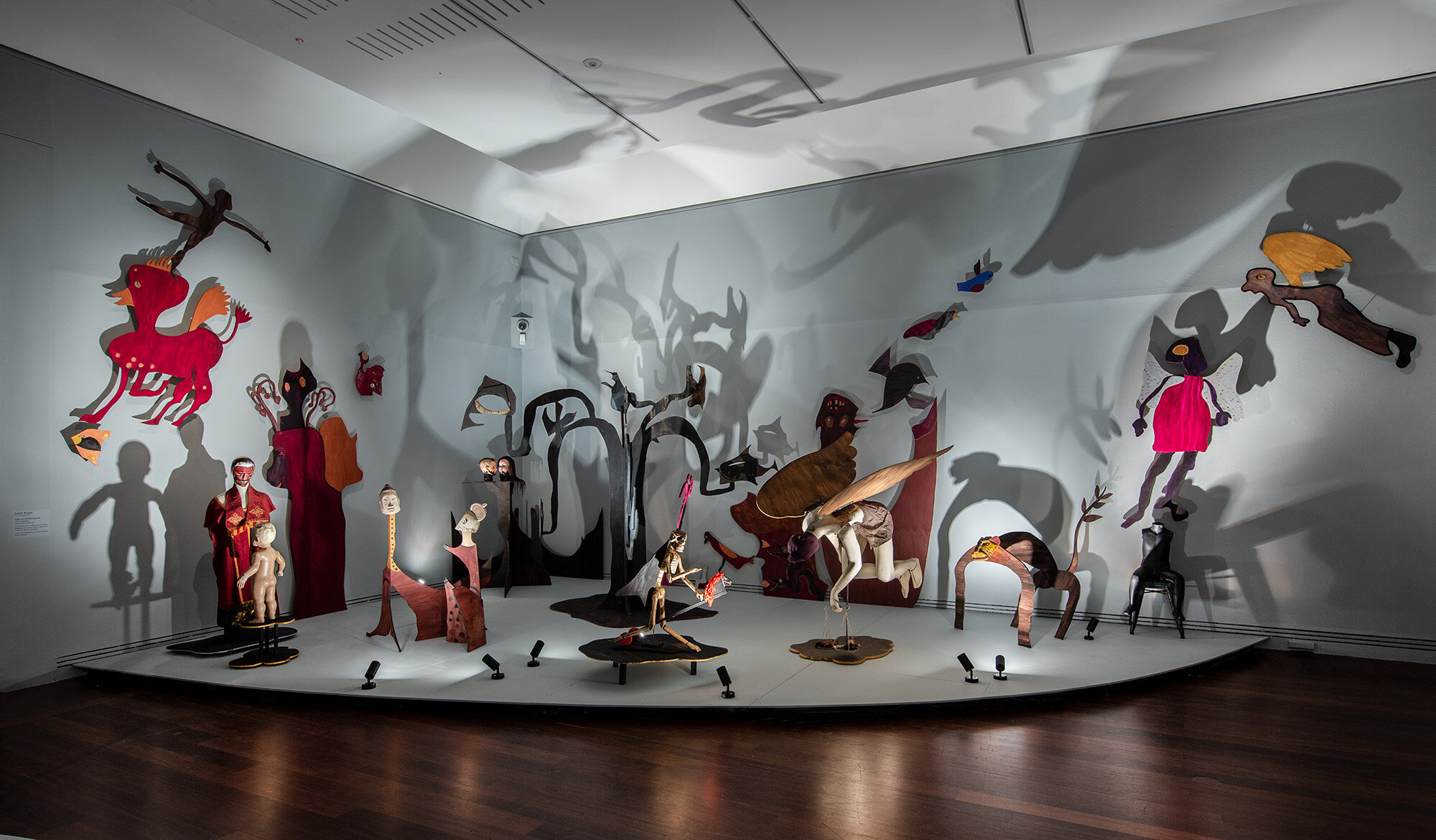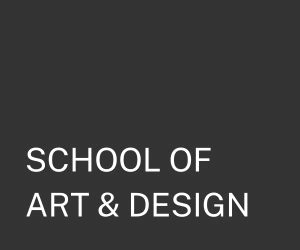A blueprint for a brave new world at Carriageworks
/In the continuing uncertainty of our current situation, as a steady increase in cases of the coronavirus in some parts of the country reminds us that this pandemic is far from over, any good news is a cause for celebration. This is especially true for those of us who make a living in the arts, one of the most heavily impacted sectors of the economy. The doors of many cultural institutions remain closed, while those that have reopened face ongoing restrictions on the number of visitors they can admit and the amount of revenue they can expect to receive. The announcement on Monday that Carriageworks will reopen to the public on Friday 7 August therefore came as a welcome culmination to the saga of insecurity into which this landmark Sydney multi-arts centre has been plunged, offering a timely vindication of the positive change that can be achieved through community solidarity.
After ten weeks of voluntary administration, the benefaction of several private foundations and a commitment from the New South Wales Government to provide five years of funding and a new lease – the longest in the institution’s history – have allowed Carriageworks to emerge from what seemed an irrecoverably dire situation with a renewed hope for the future. The inspiration for these new arrangements derived in large part from what CEO Blair French has lauded as ‘a most extraordinary expression of community support that gave great heart to everyone involved’, a wave of encouragement that he views as a testament to the ‘sheer grit, determination and collaboration’ which inspired the founding of the industrial site over a century ago, ‘born out of resilience and innovation’.
Visitors to the reopened Carriageworks will be able to experience a range of new installations by leading voices in the Australian and international contemporary art scene, including Sydney artist Giselle Stanborough’s ‘Cinopticon’, installed in March 2020 and now set to be unveiled to the public for the first time. In our current issue, curator and writer Stephanie Berlangieri describes Stanborough’s installation – her first major solo exhibition – as a ‘disturbingly apt’ meditation on surveillance ‘and its interactions with commercial interests, psychology, selfhood and the internet’, at a time when the need to reduce the spread of the virus has given government agencies an unprecedented level of access to the details of our daily lives.
The title of the installation, as Berlangieri explains, draws inspiration from social reformer Jeremy Bentham’s (1748–1832) notorious panopticon, ‘an architectural structure comprising a central tower surrounded by cells … [that] enables constant one-way surveillance’, as well as sociologist Thomas Mathiesen’s contemporary version of this, the synopticon, ‘a reciprocal mode of surveillance whereby the many watch the few’. For Stanborough, however, it is the ‘more insidious ways in which we are surveilled today … through biometrics, consumer behaviour and via our peers on social media’ that take precedence.
‘Cinopticon’ comprises four interrelated works that explore various aspects of the exhibition theme. Cinopticon (Wall) serves as a backdrop for the installation, ‘a frenzied mind map of … words, phrases and diagrams from a range of sources, including Lacanian psychoanalysis, Marxist theory, internet slang and the artist’s own conversations and musings’. Cinopticon (Voice), a six-channel audio work ‘broadcasting a cacophony of phrases mined from the artist’s online world and academic references’ provides a sonic counterpart to this ‘conceptual web’, while two video works – Cinopticon (Well) and Cinopticon (Mirror) – compel the viewer to confront the often uneasy relationship between self and self-image. As we are persuaded to shift an increasingly larger proportion of our daily lives online, generating not only entertainment and employment but also our connection with others and even our sense of self through digital platforms, Stanborough’s exploration of these issues assumes ever greater relevance.
Dr Alex Burchmore, Publication Manager

